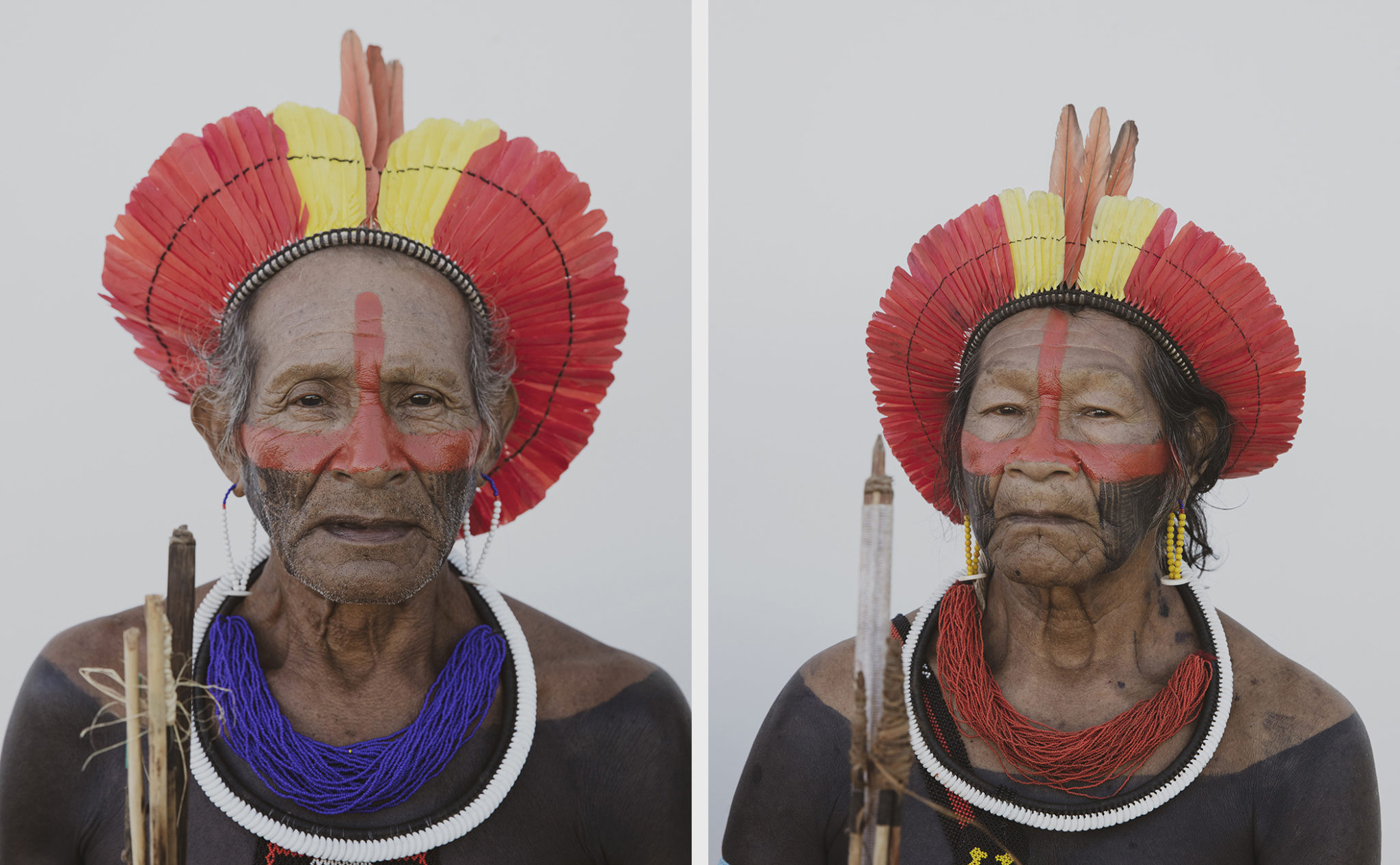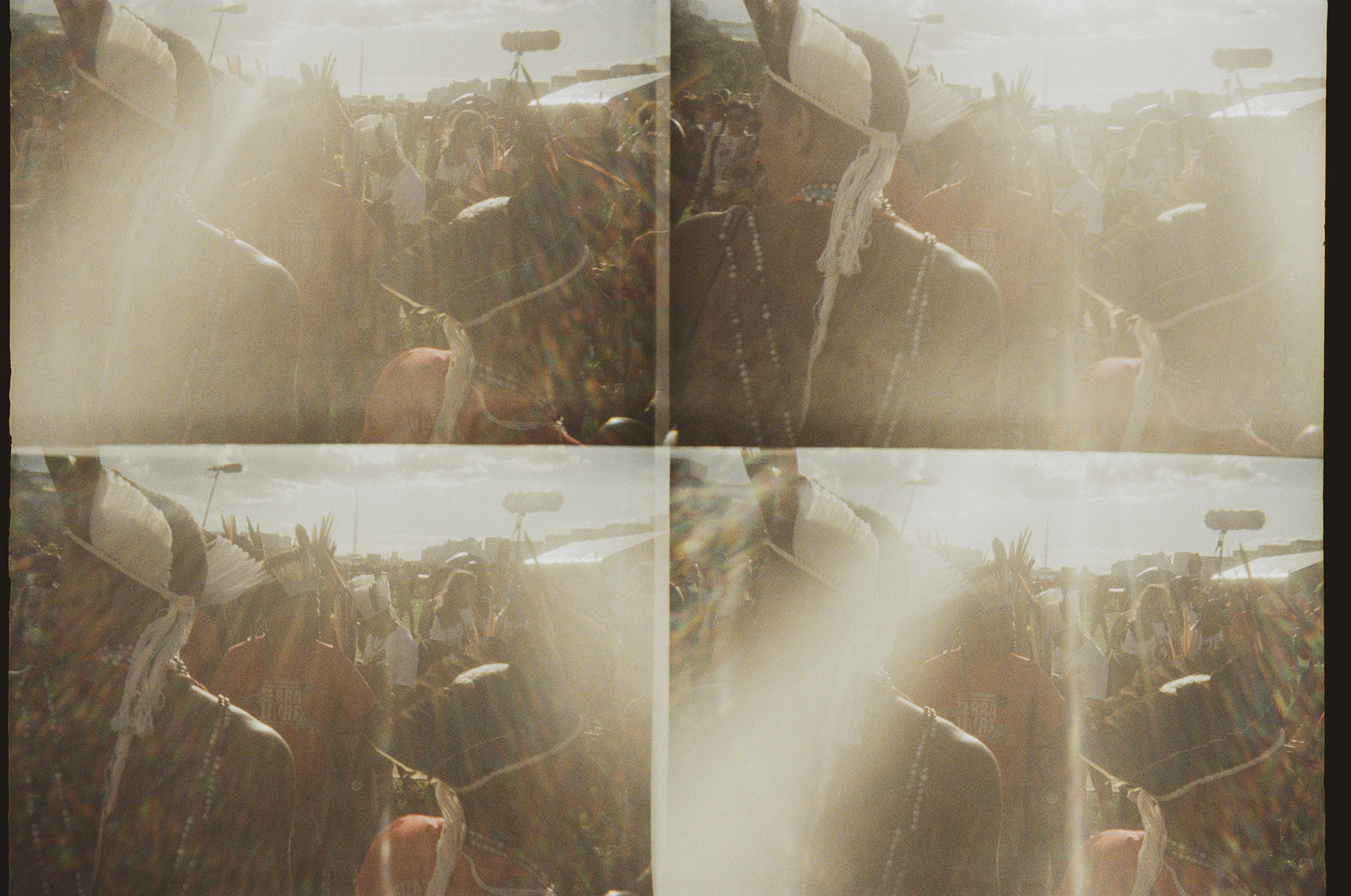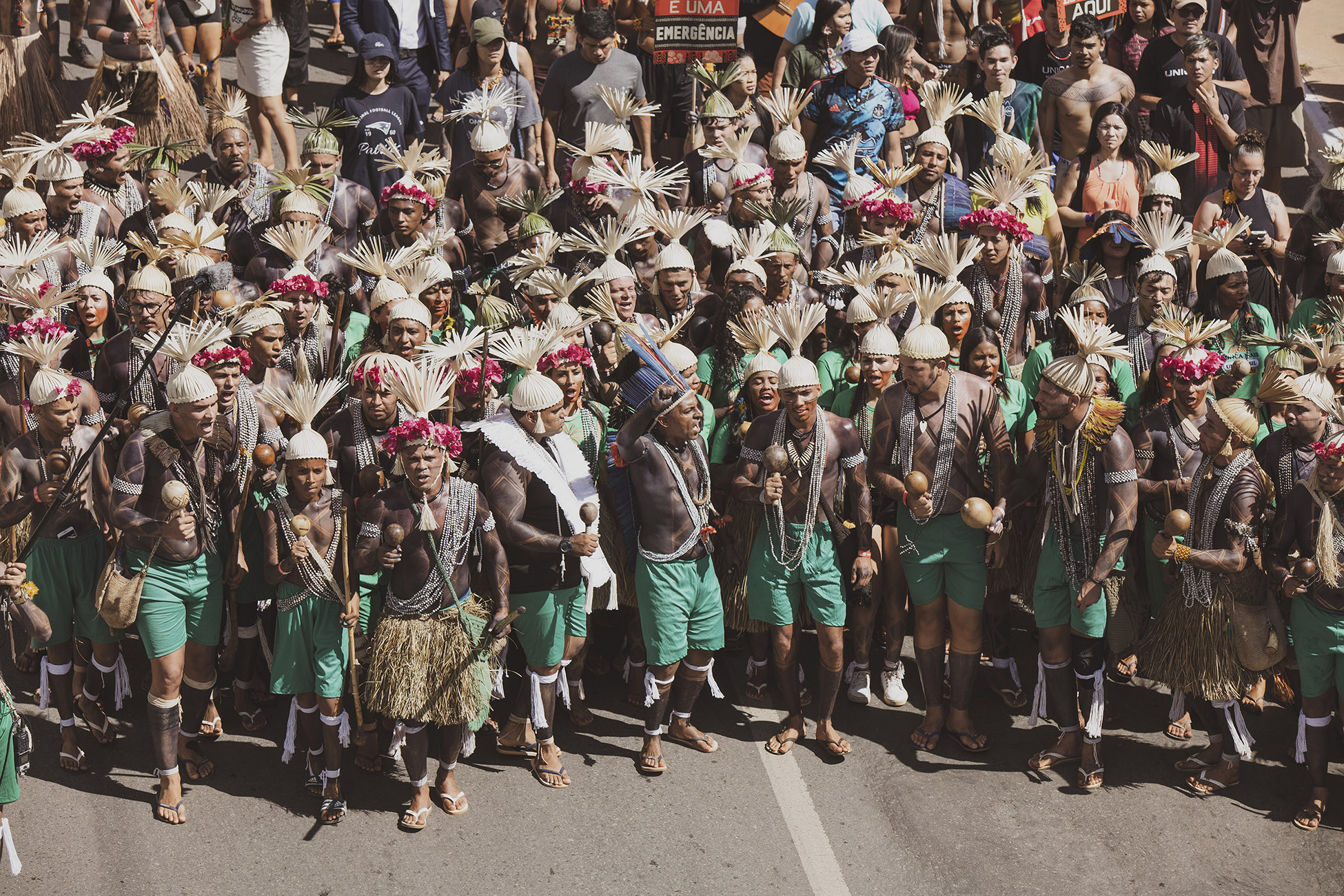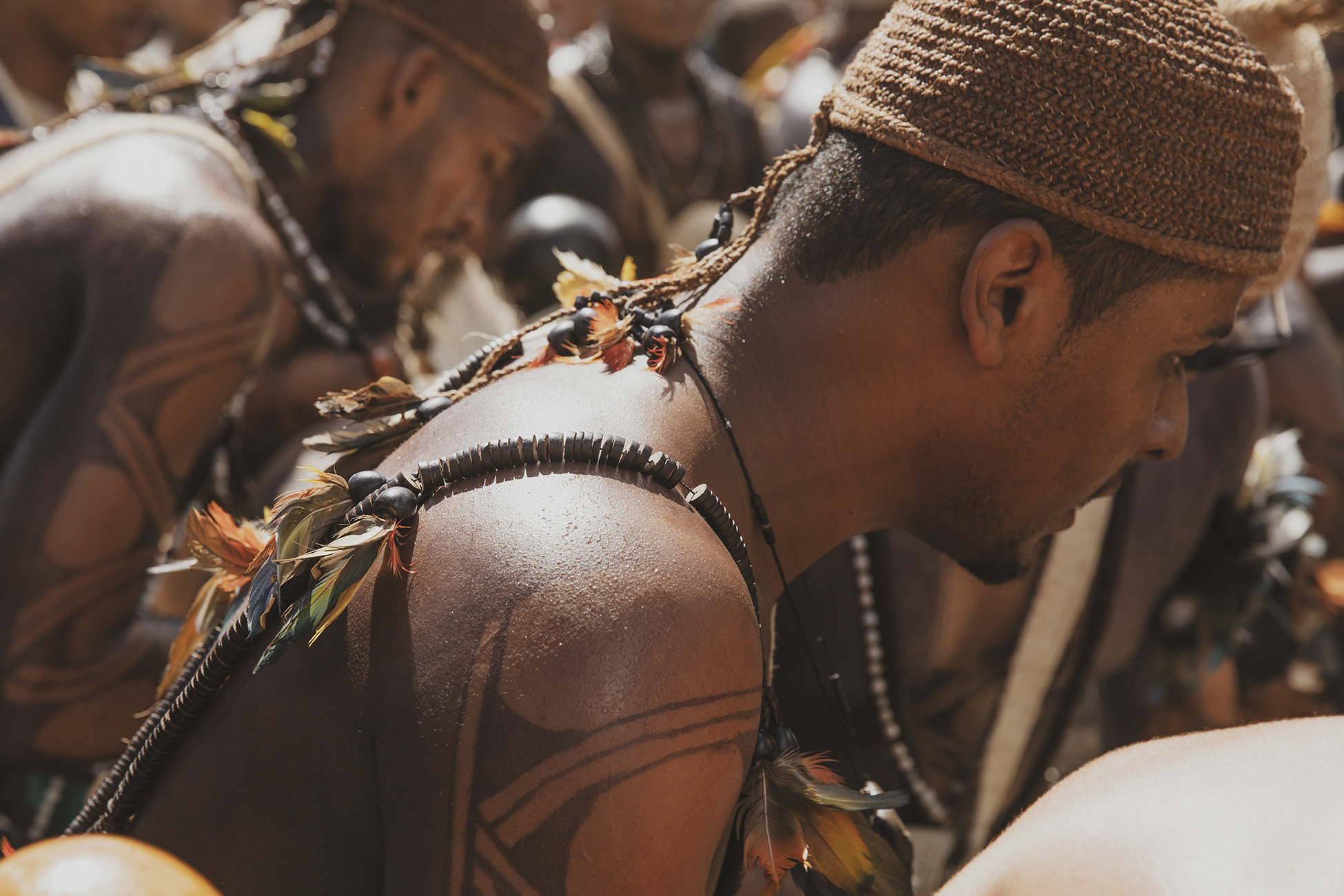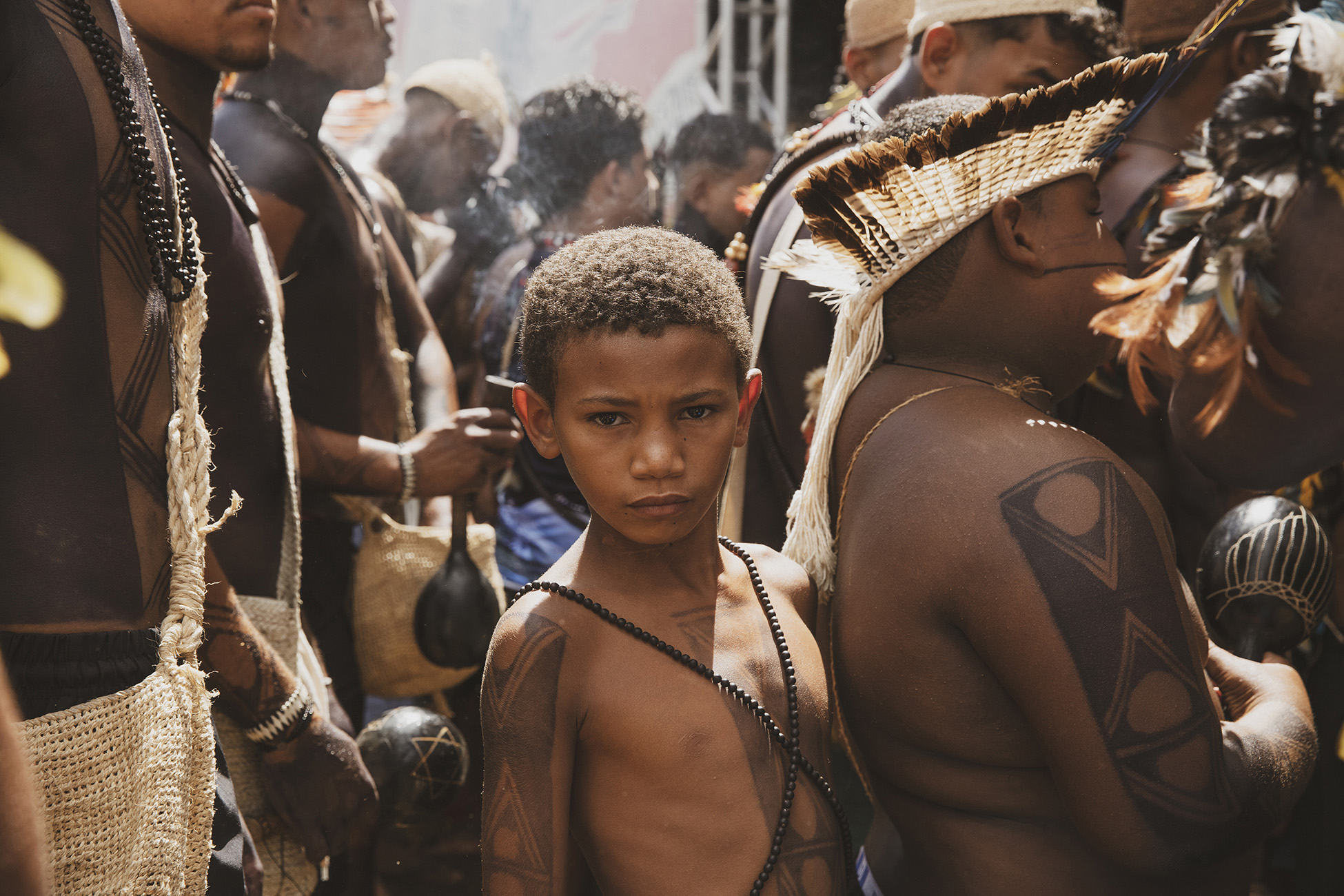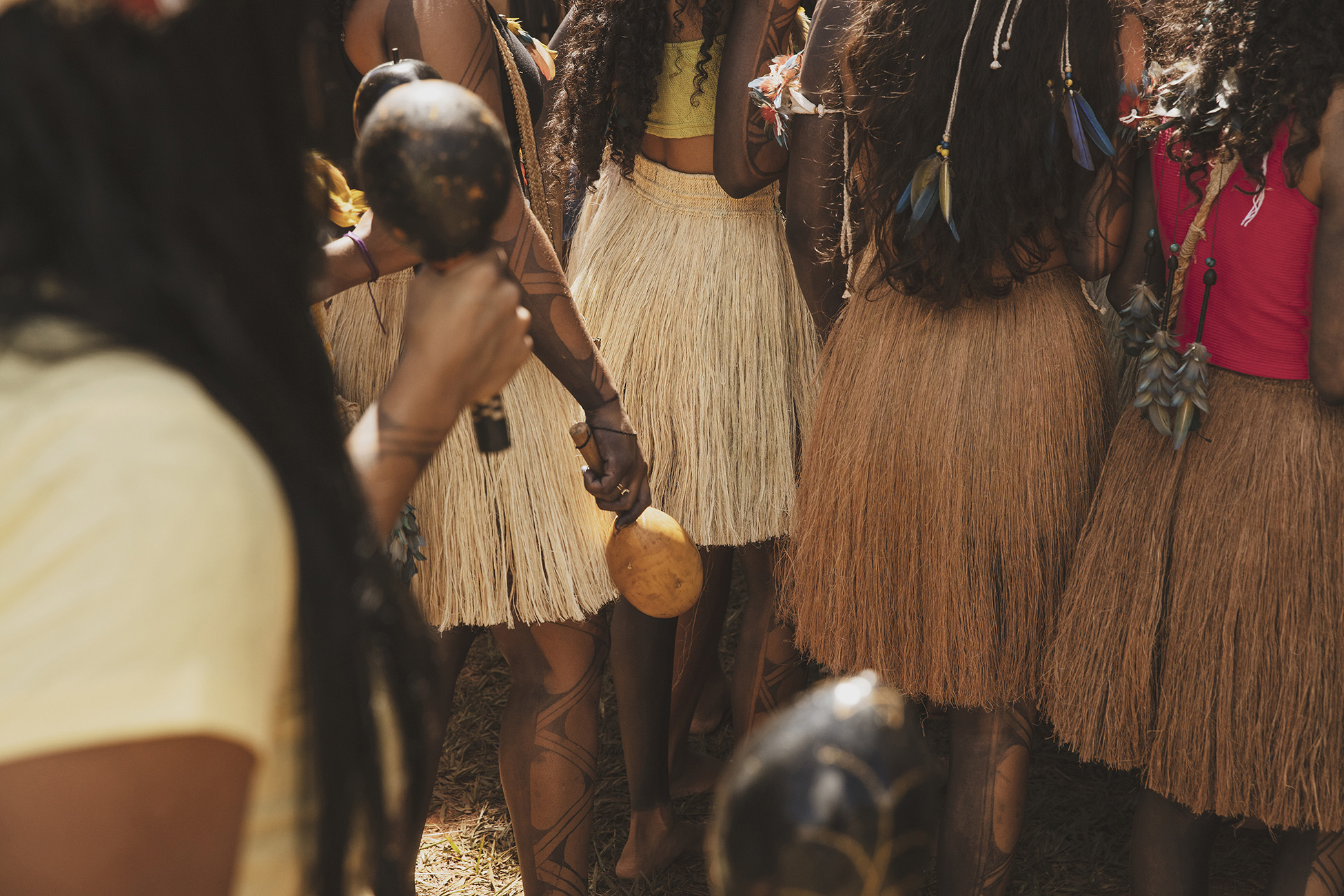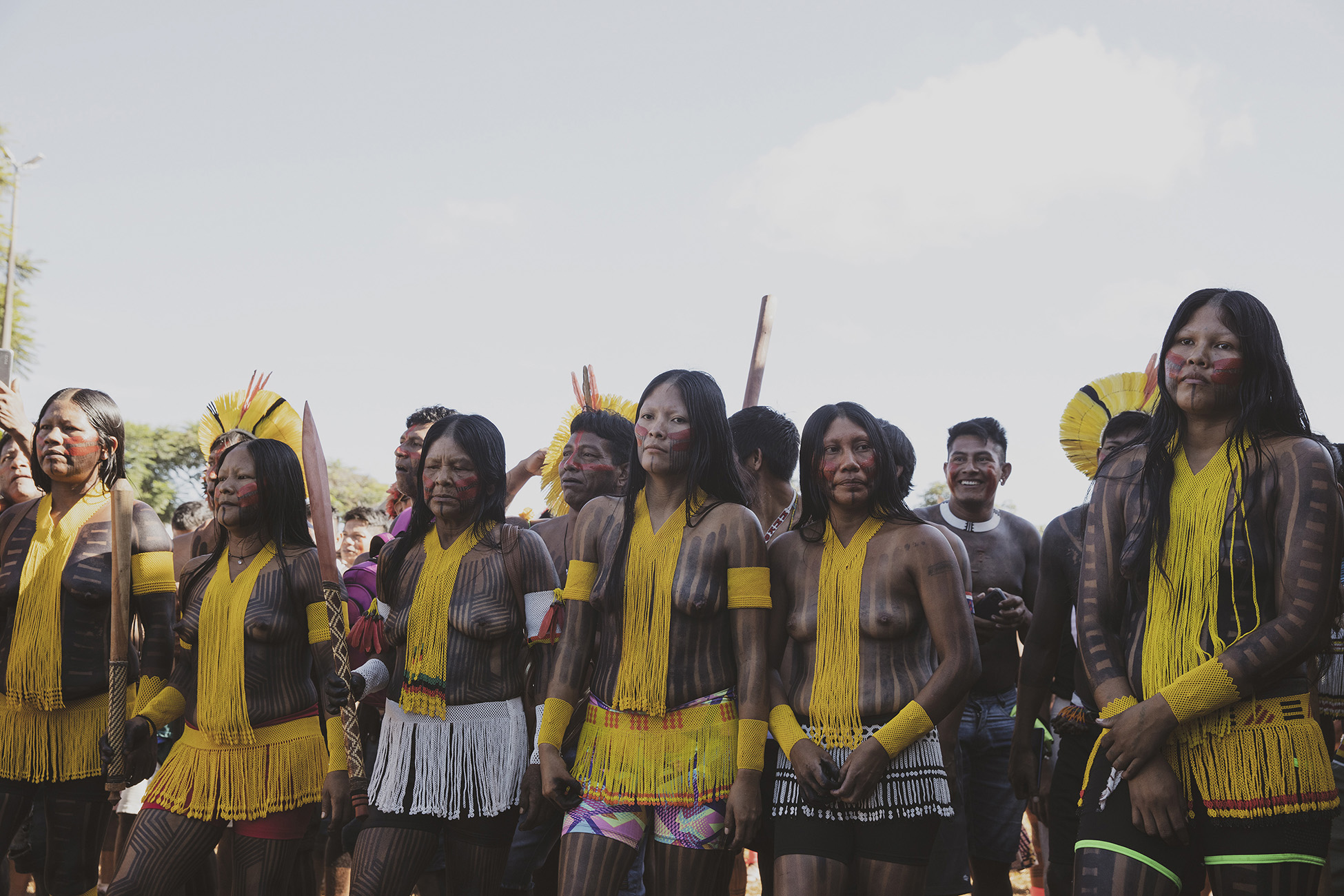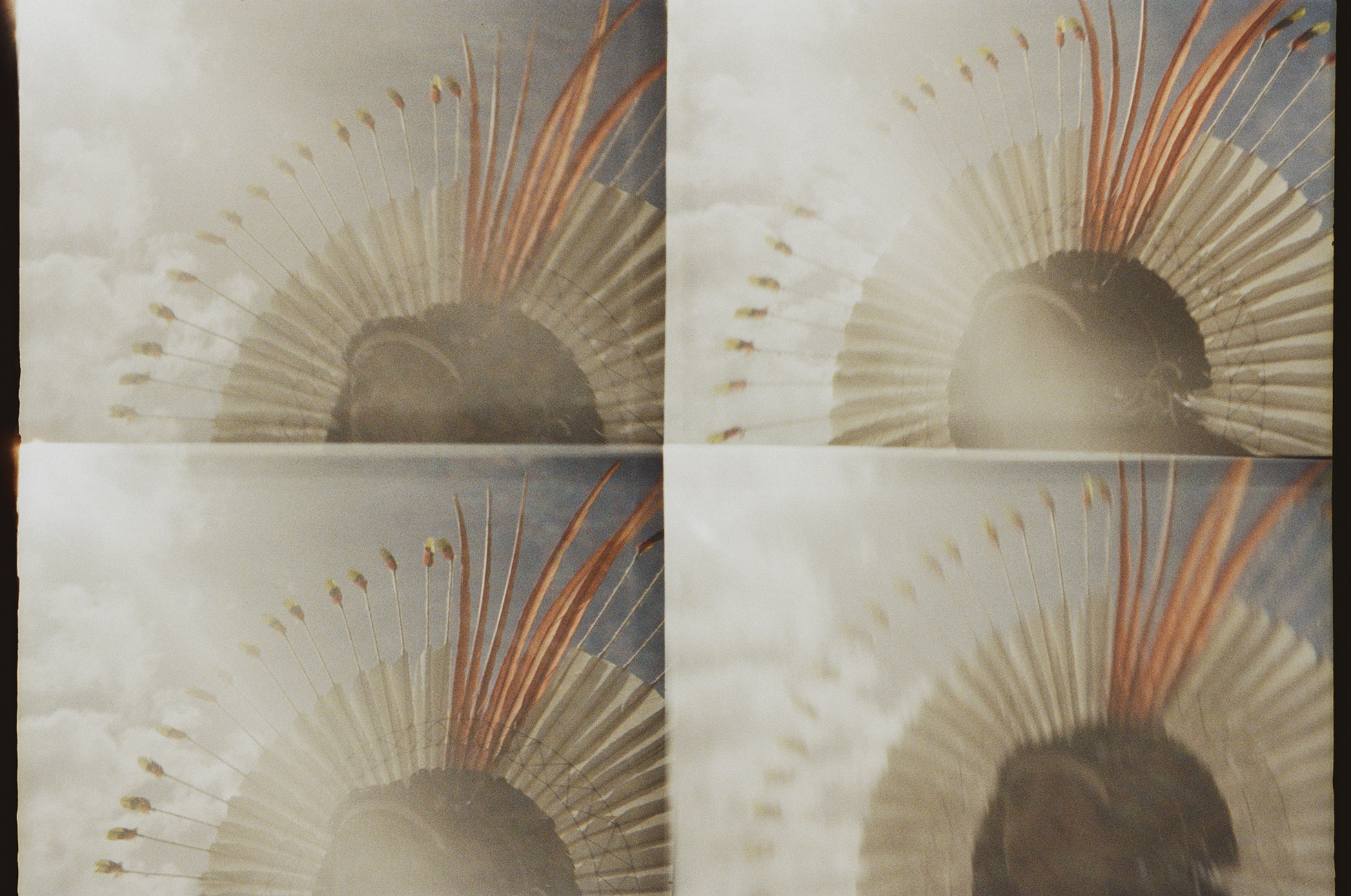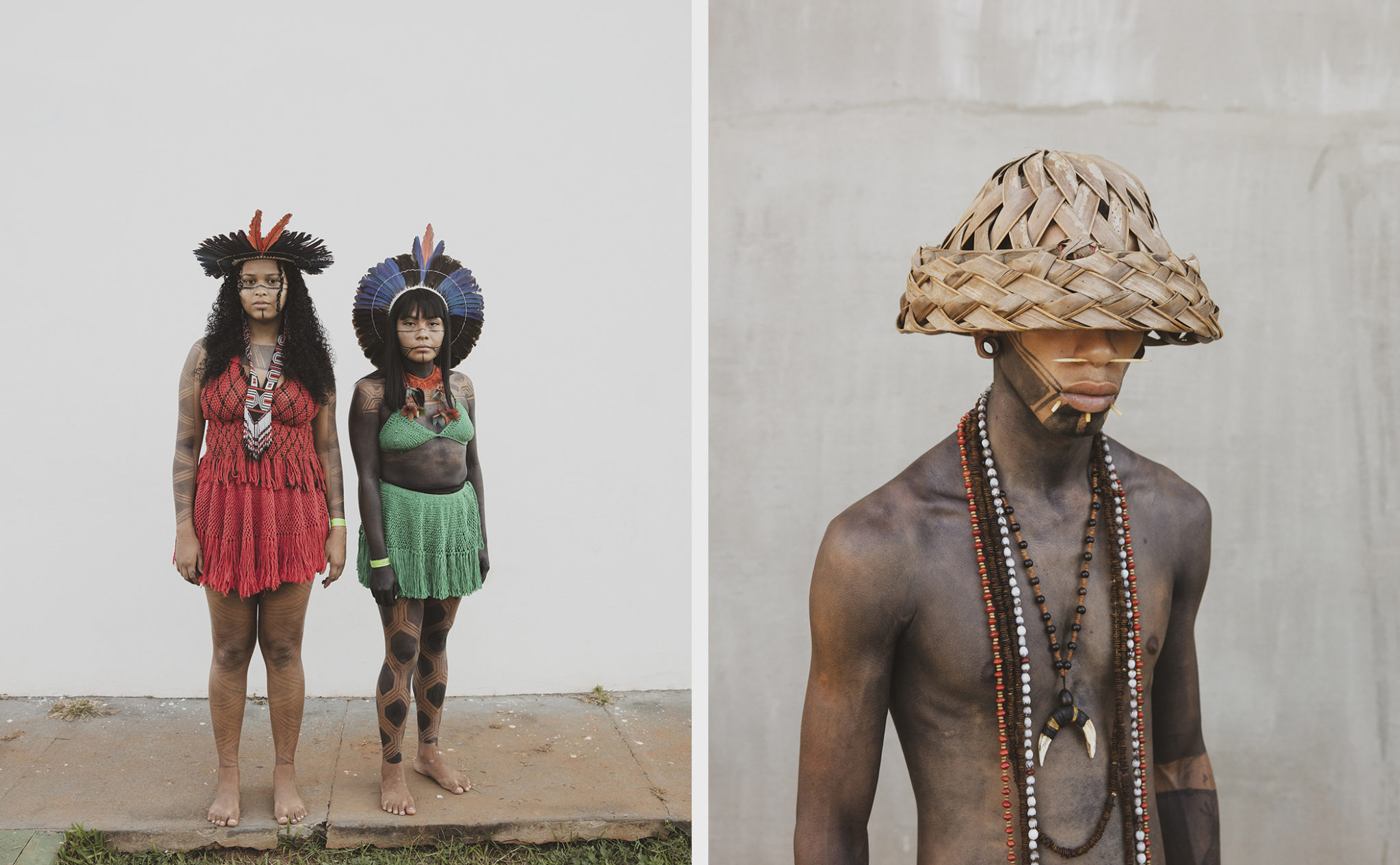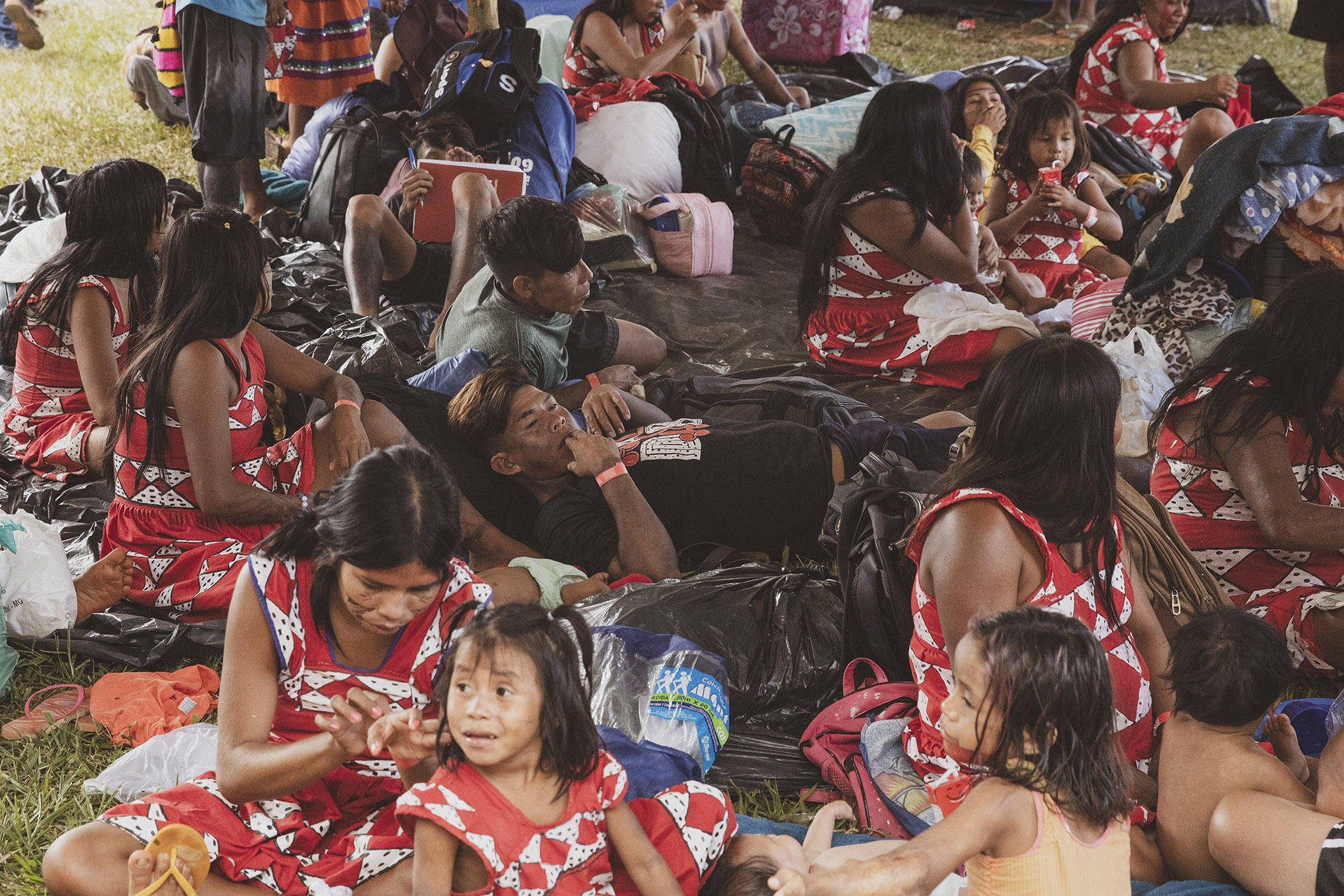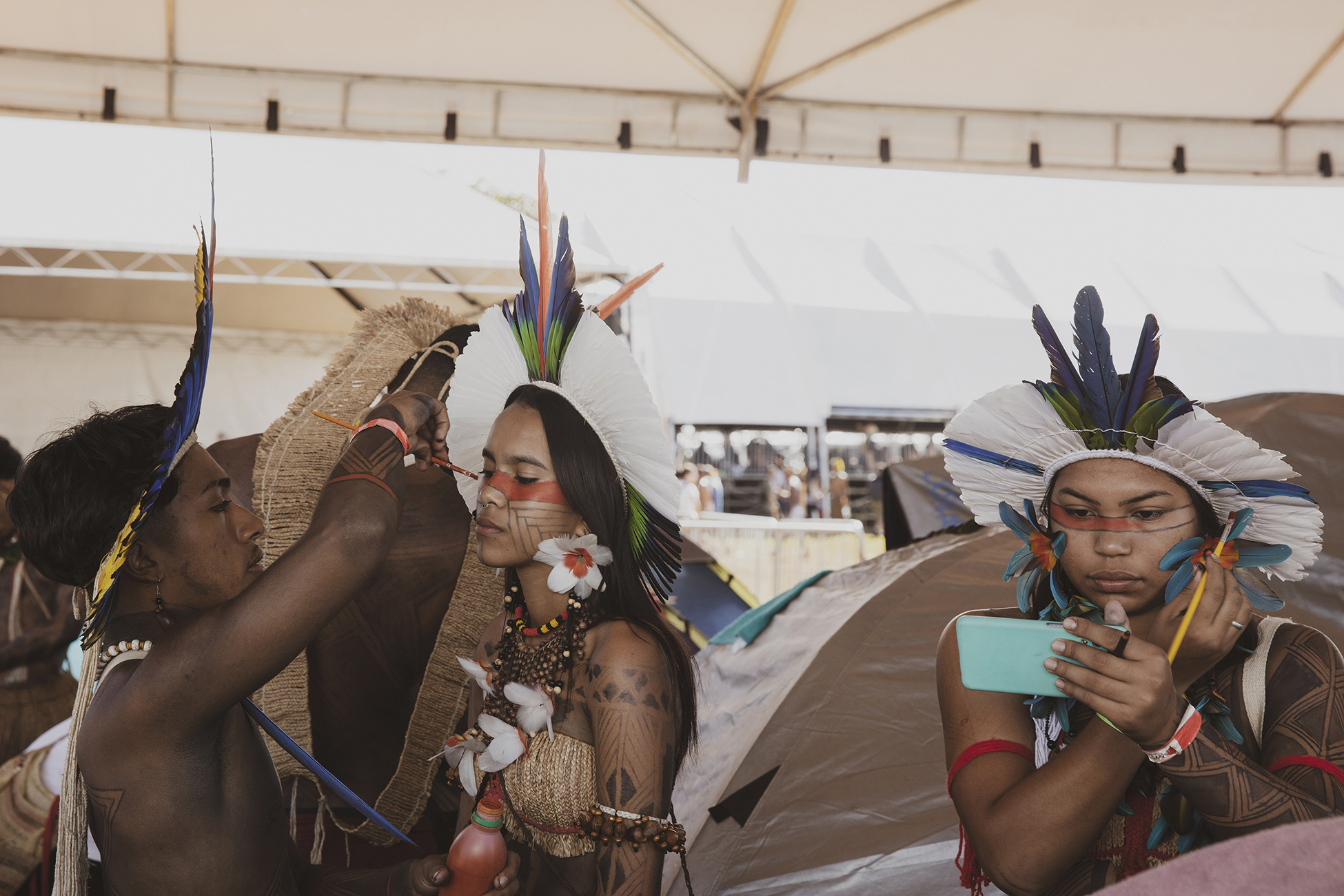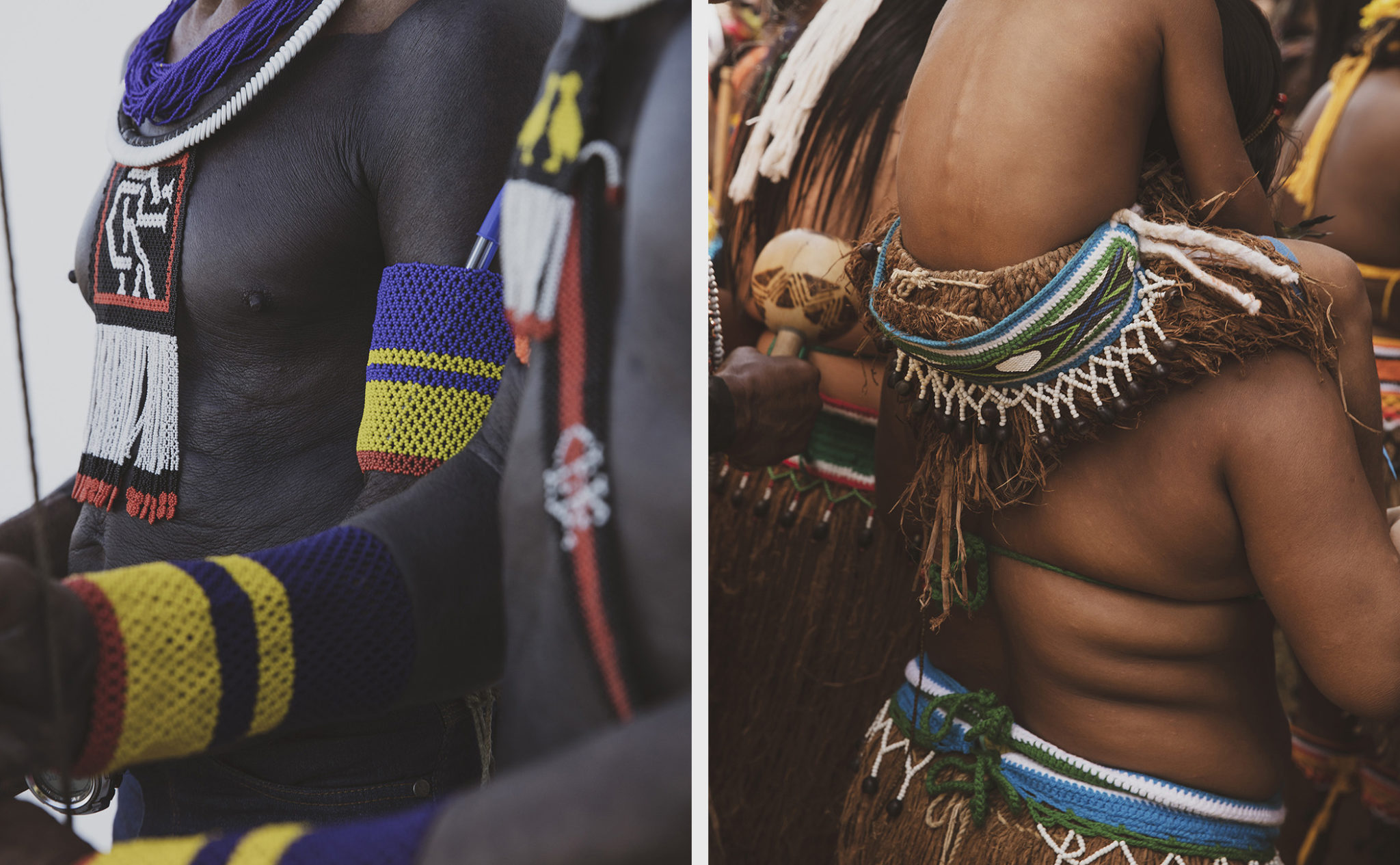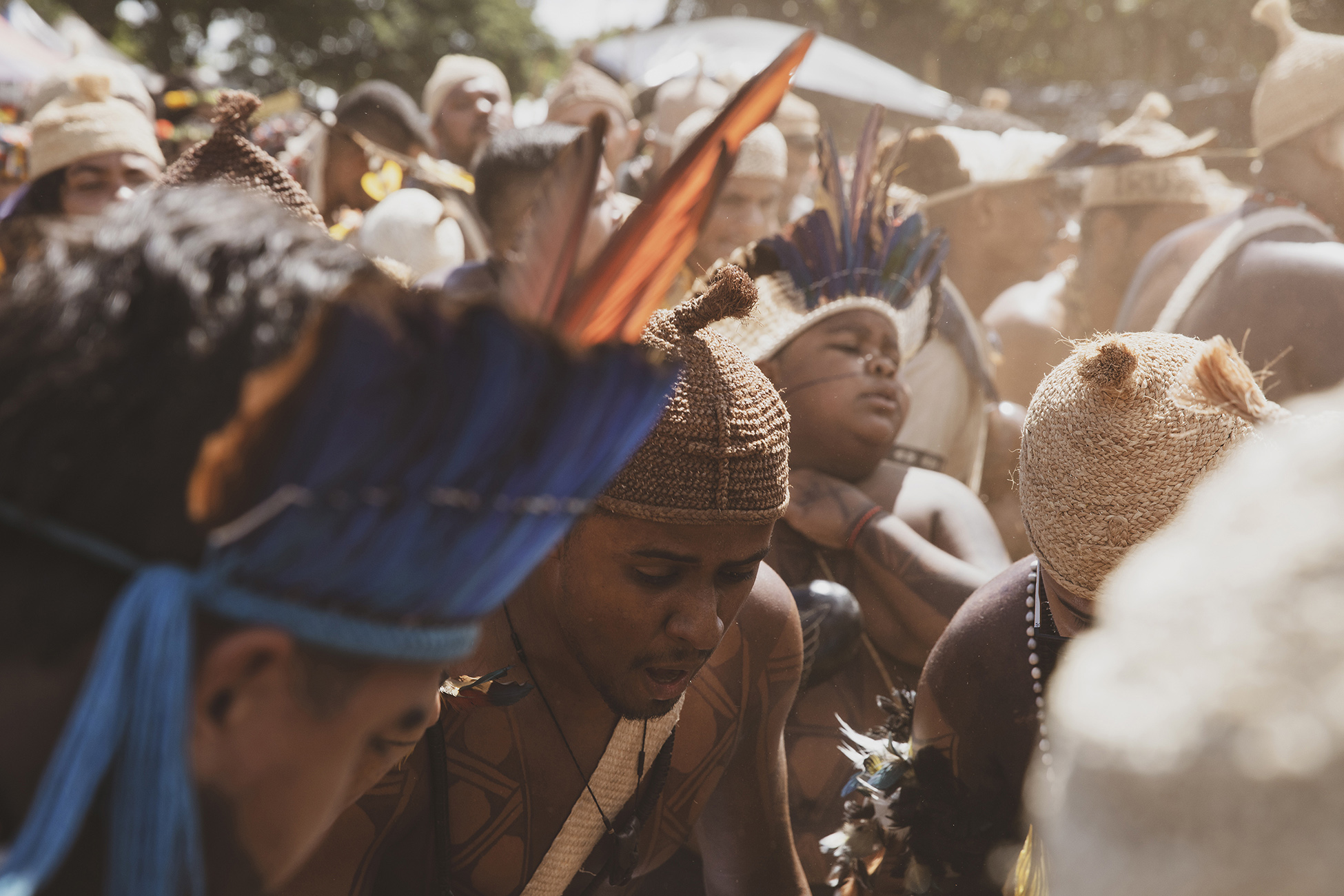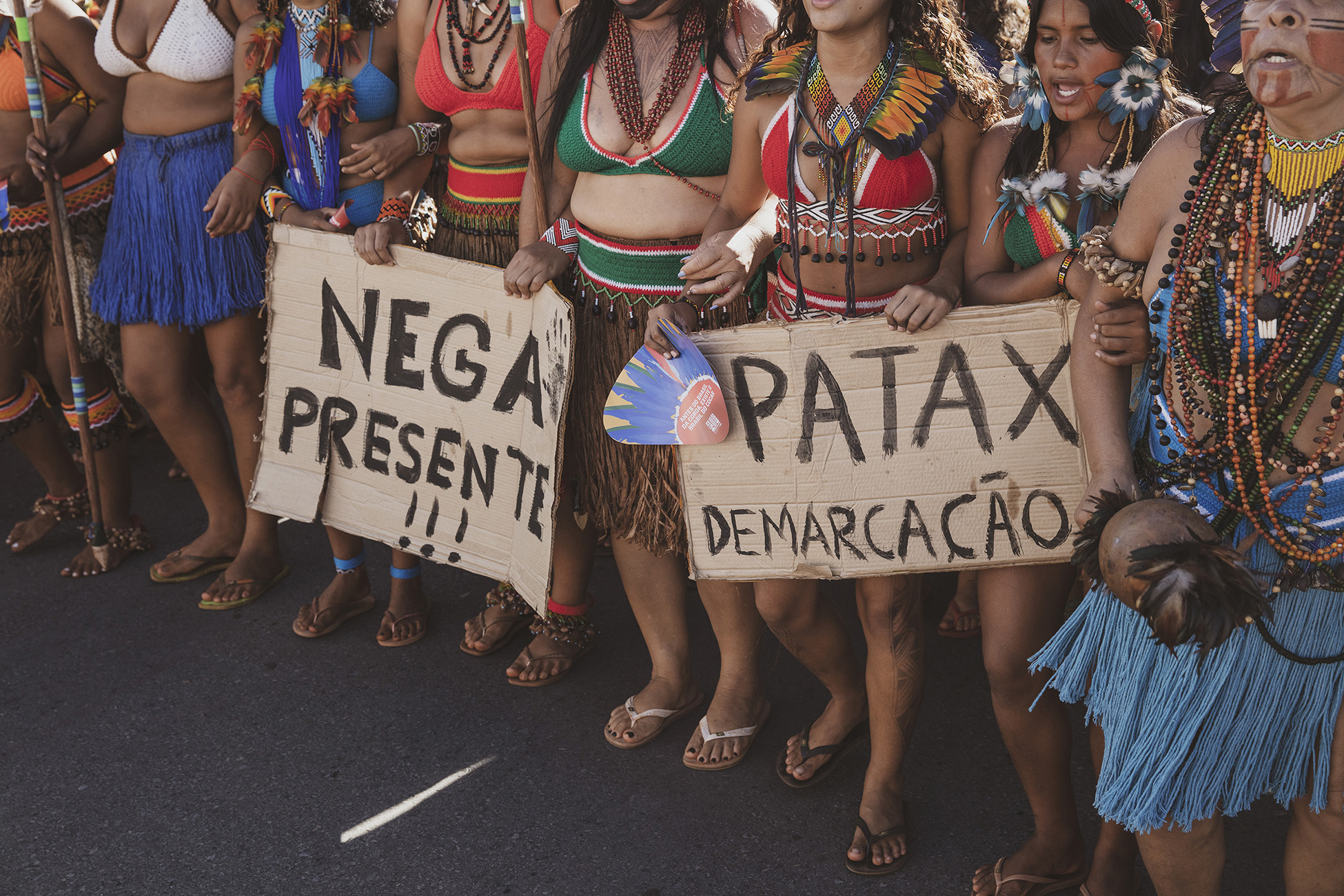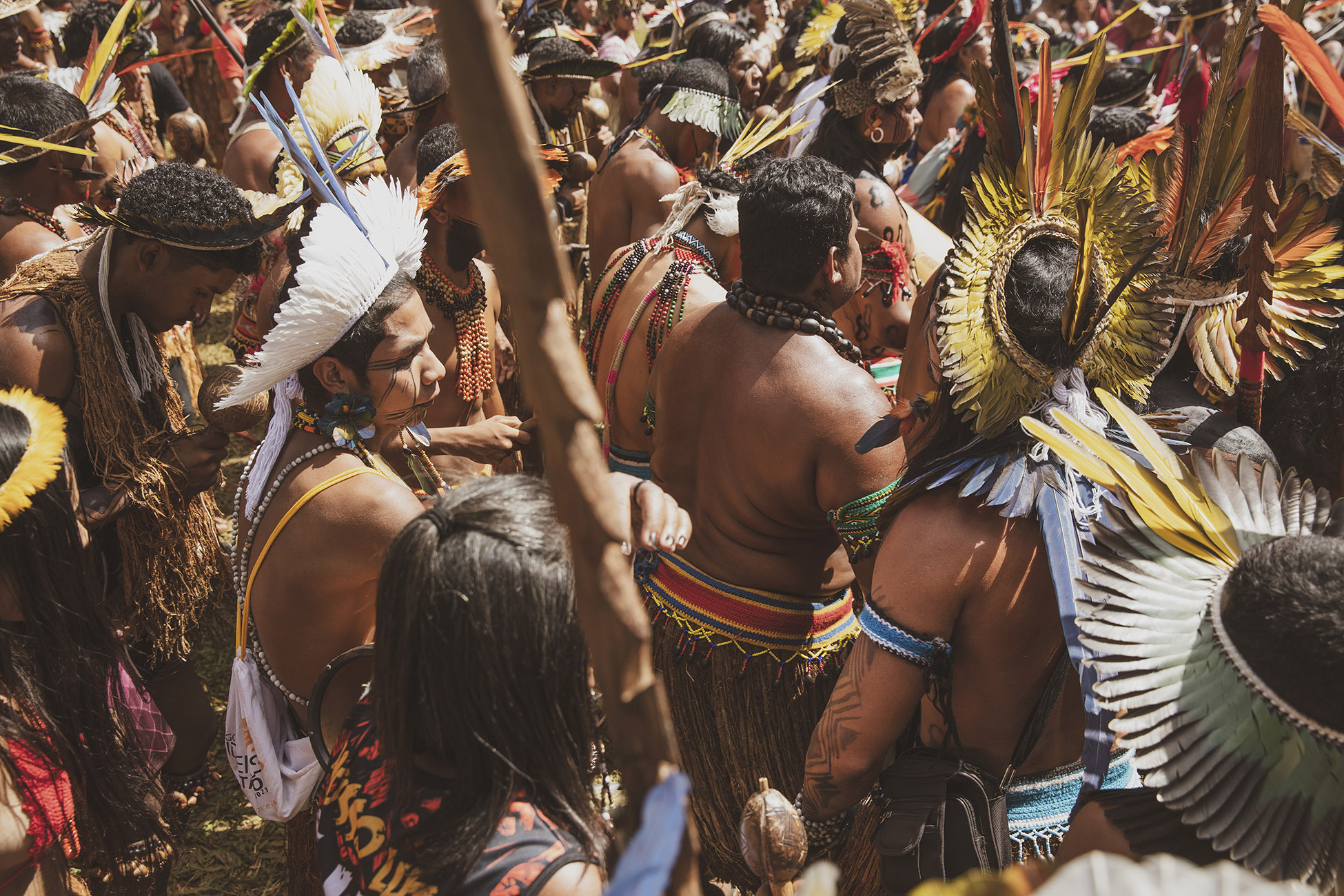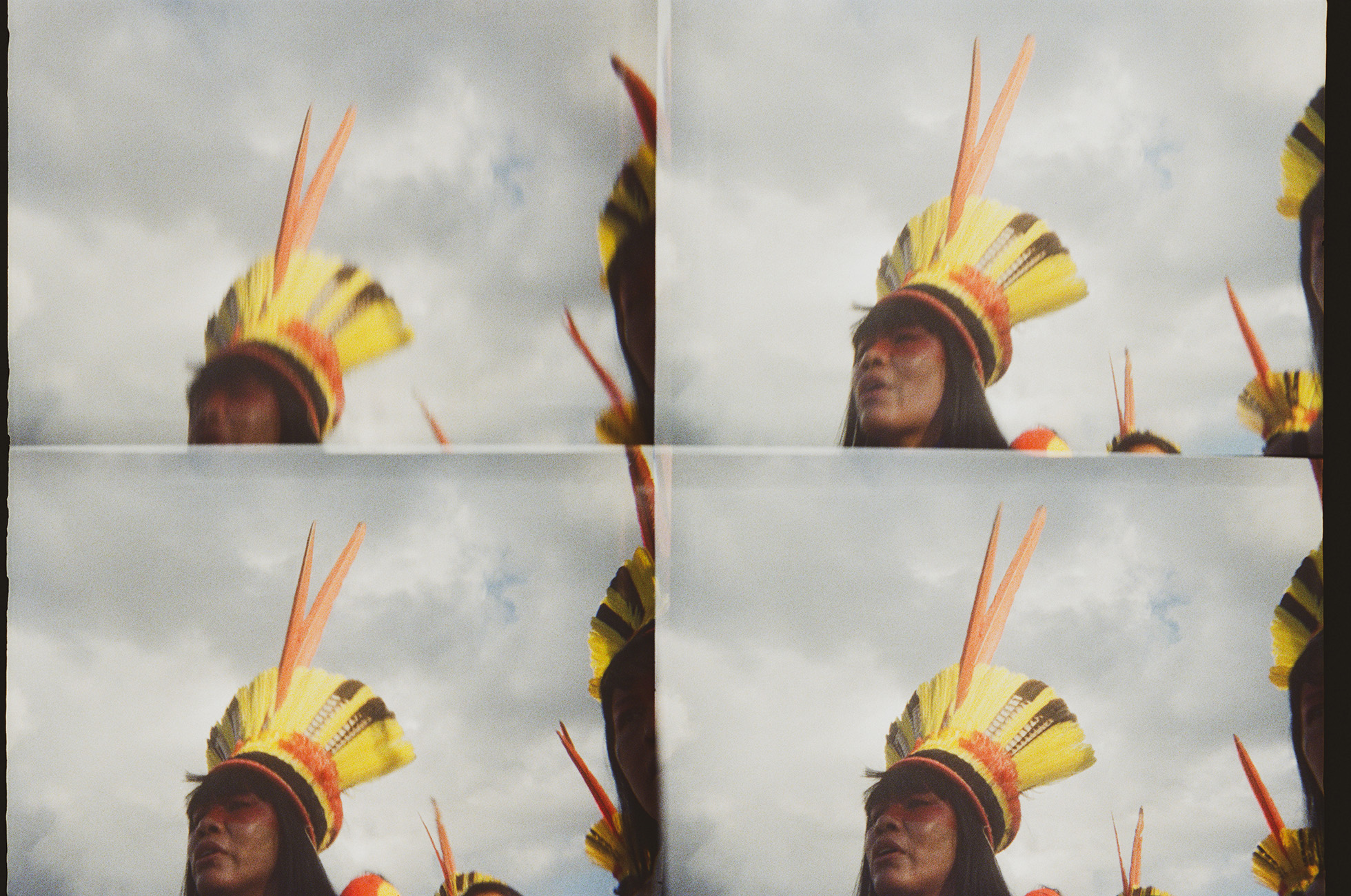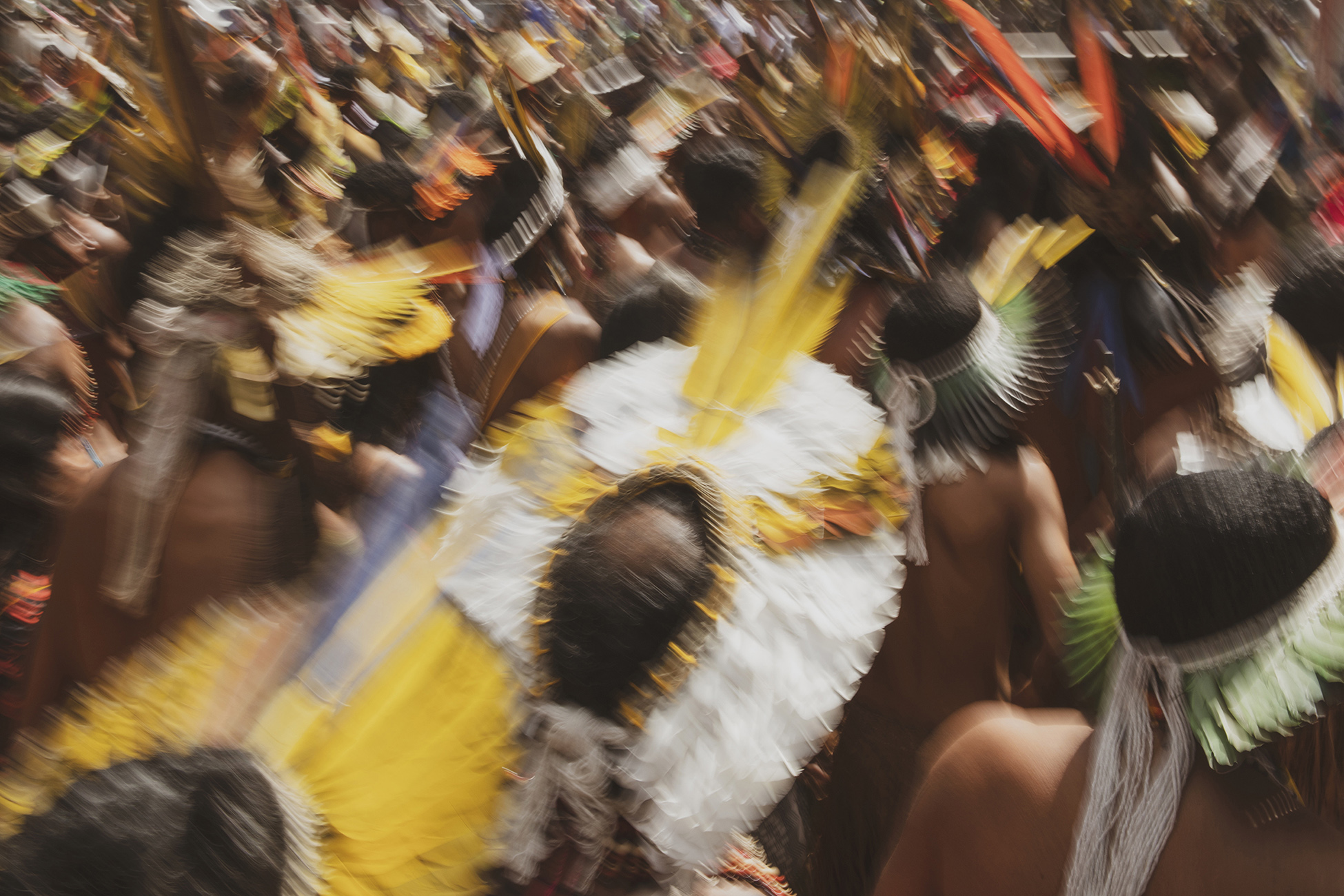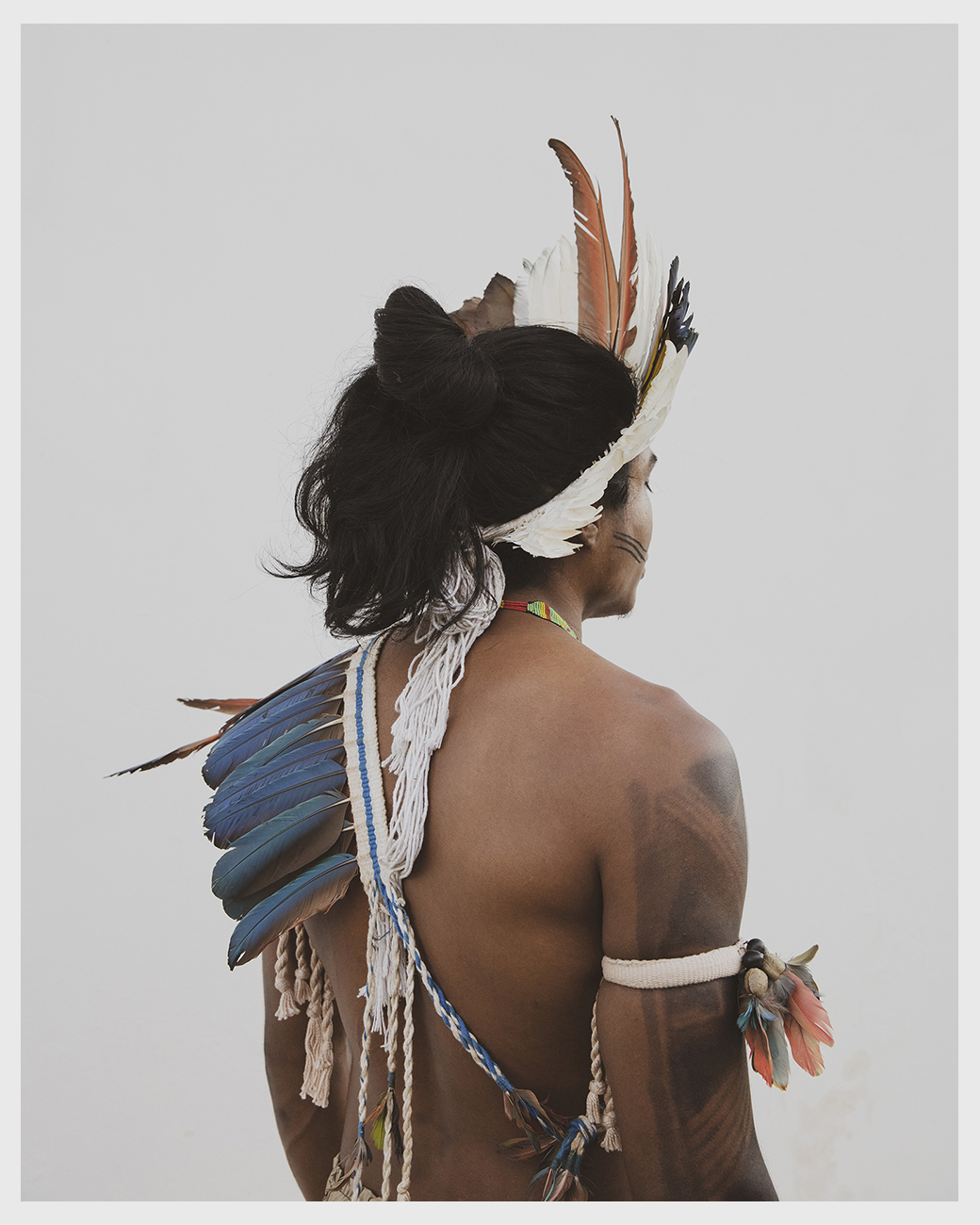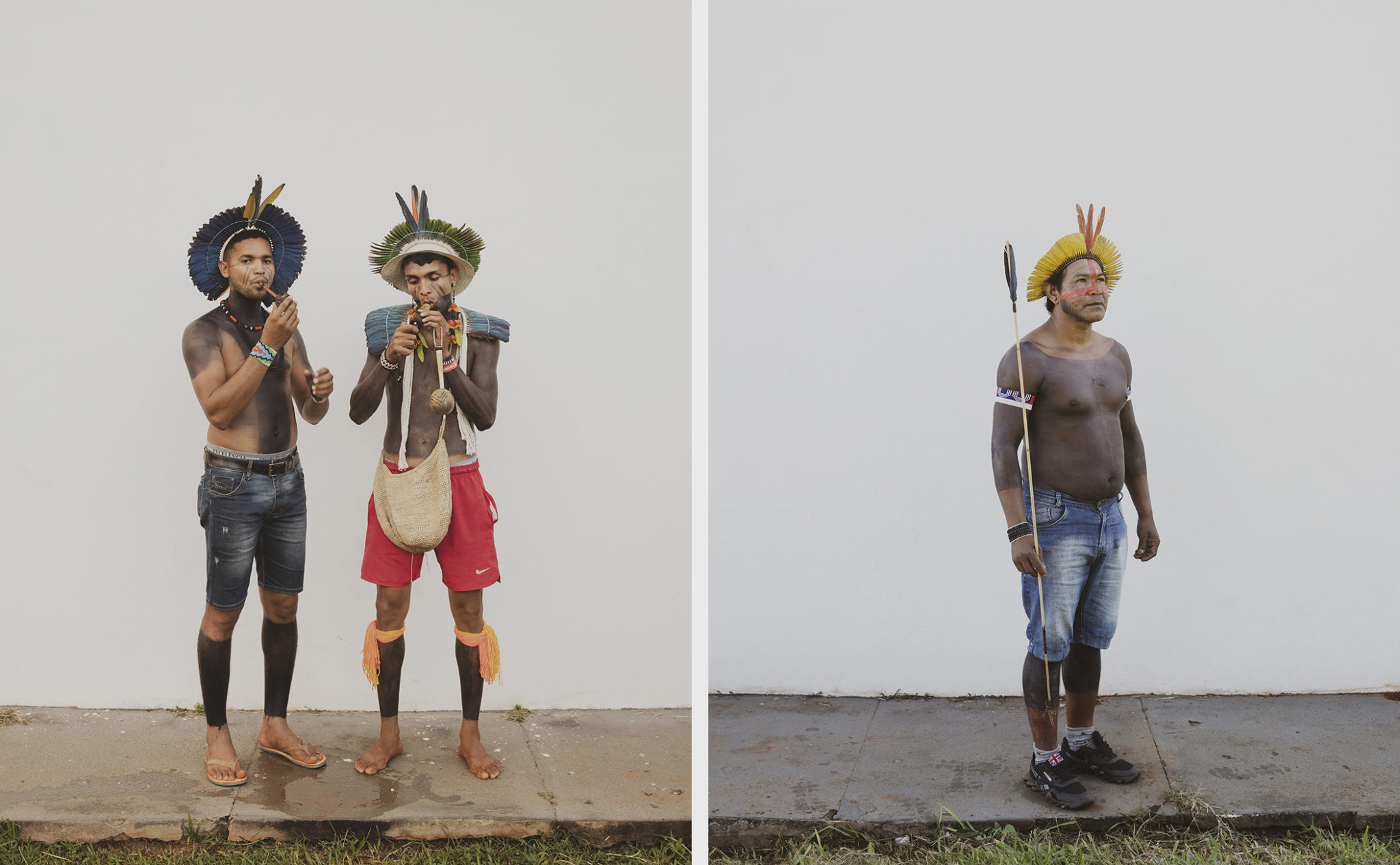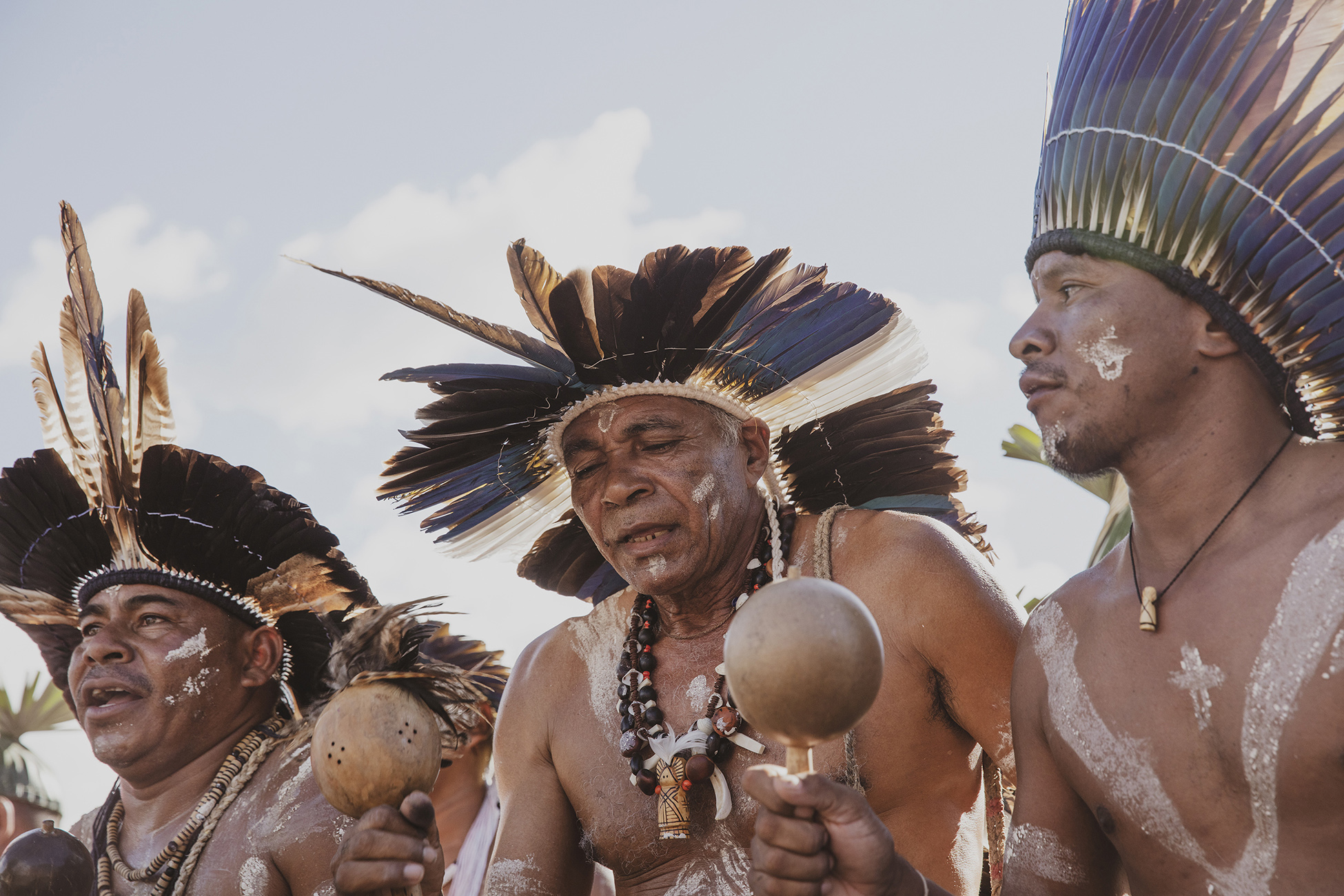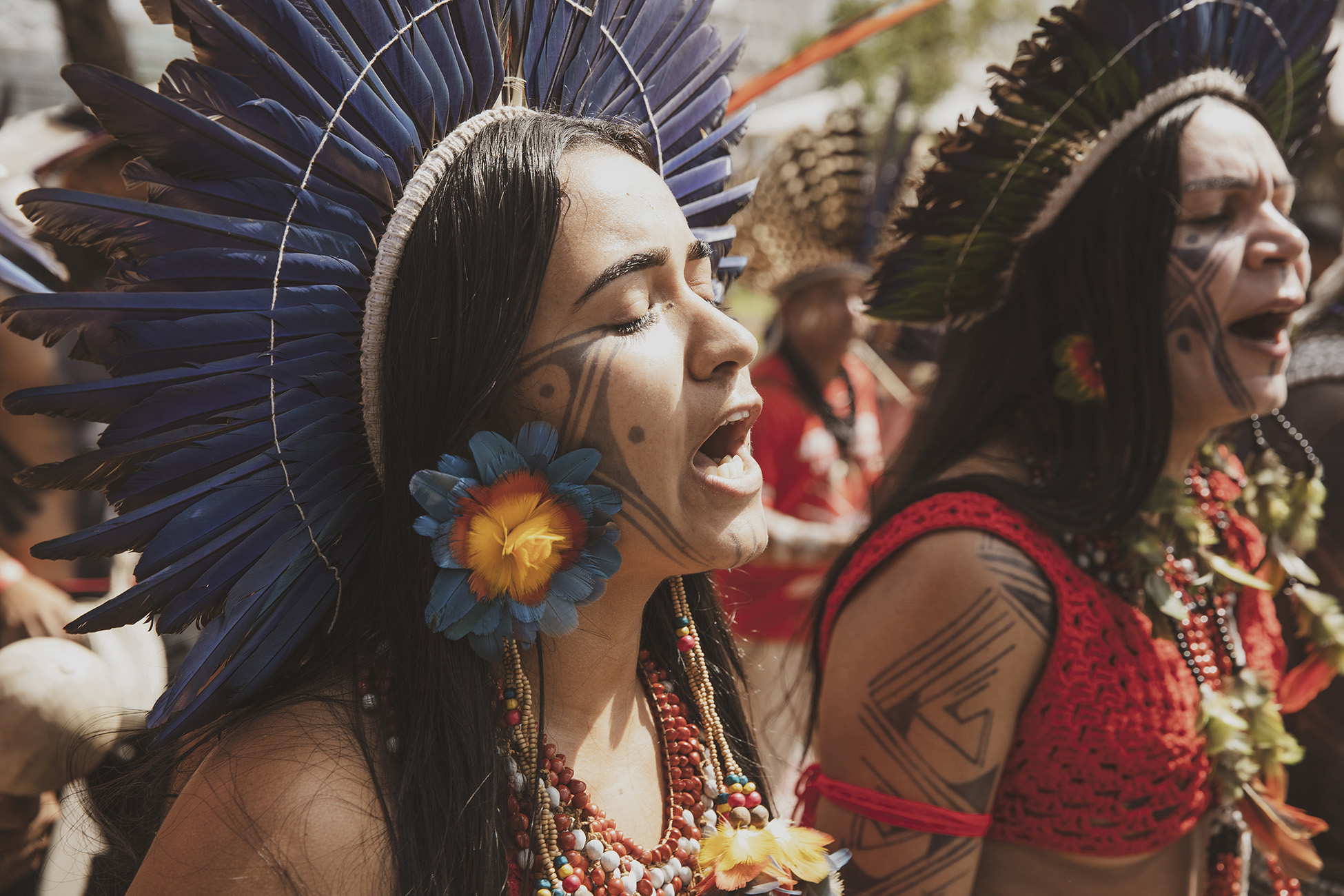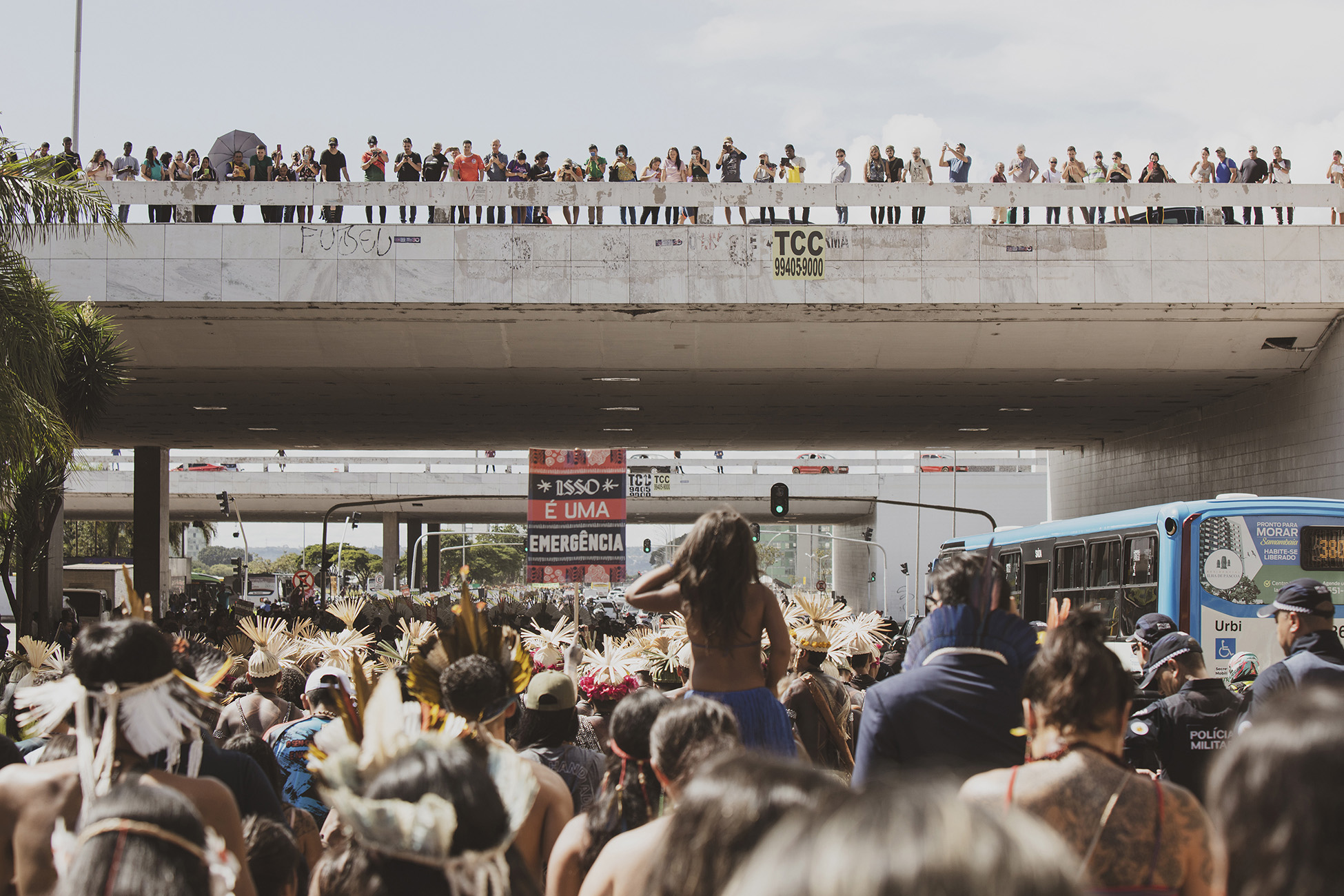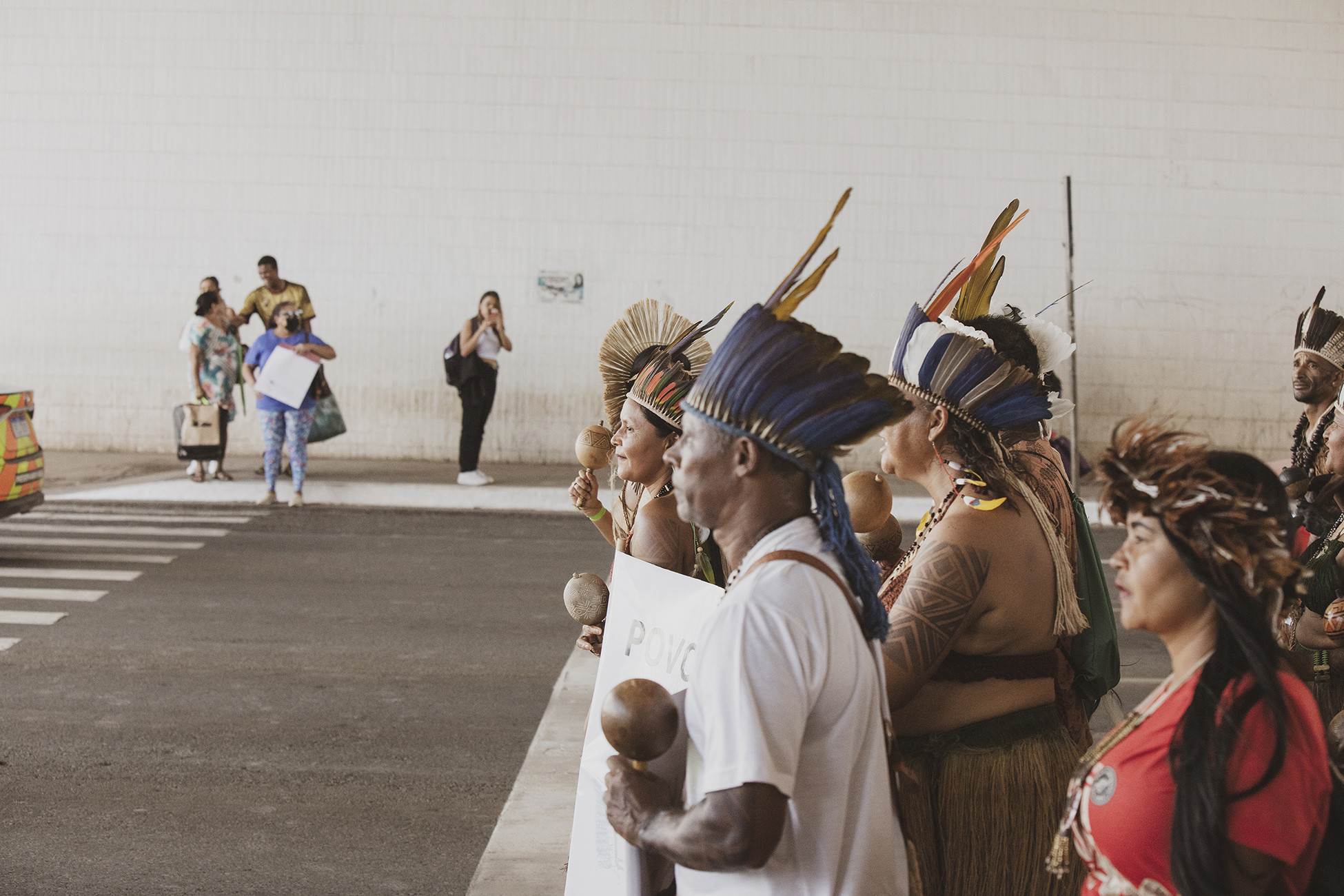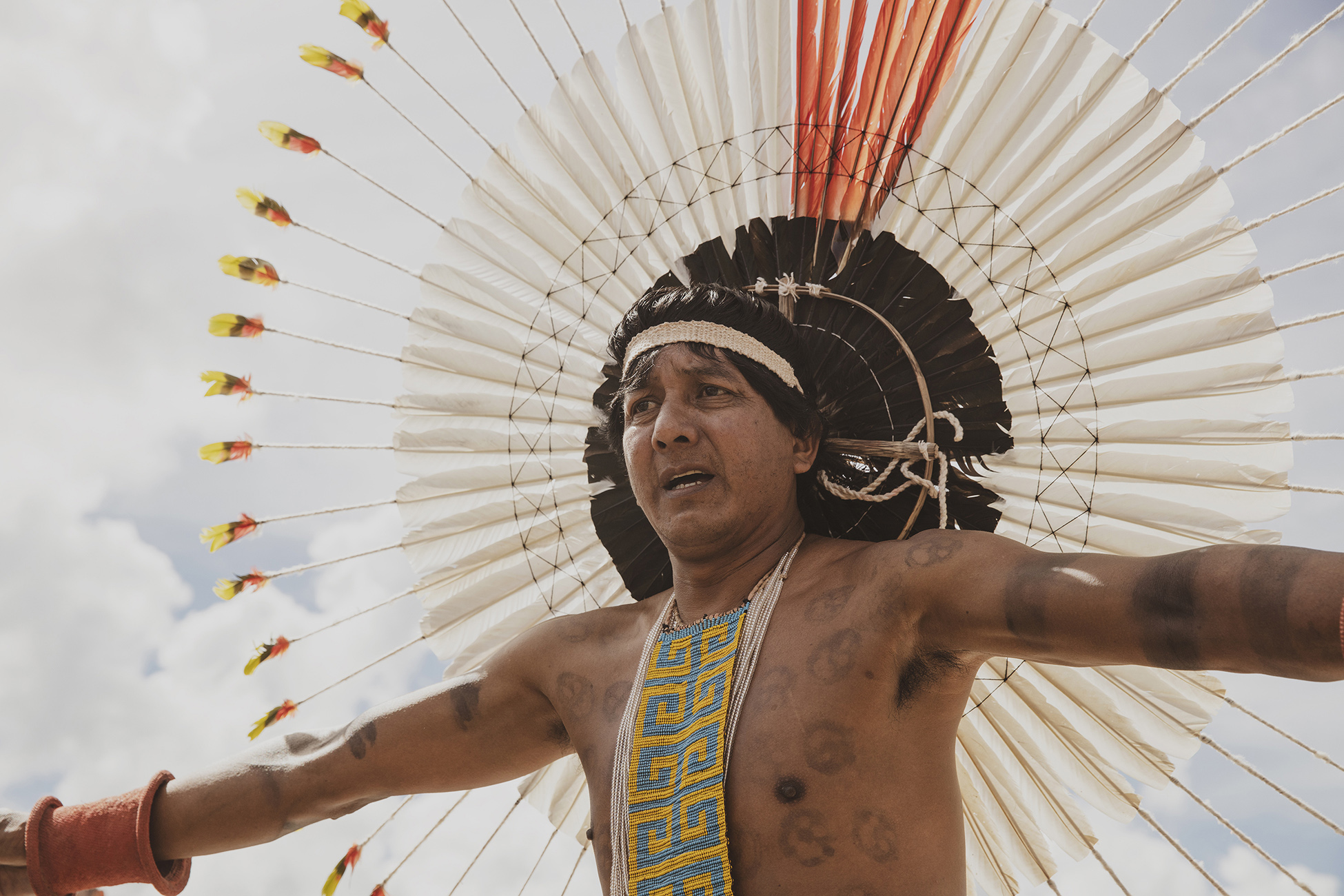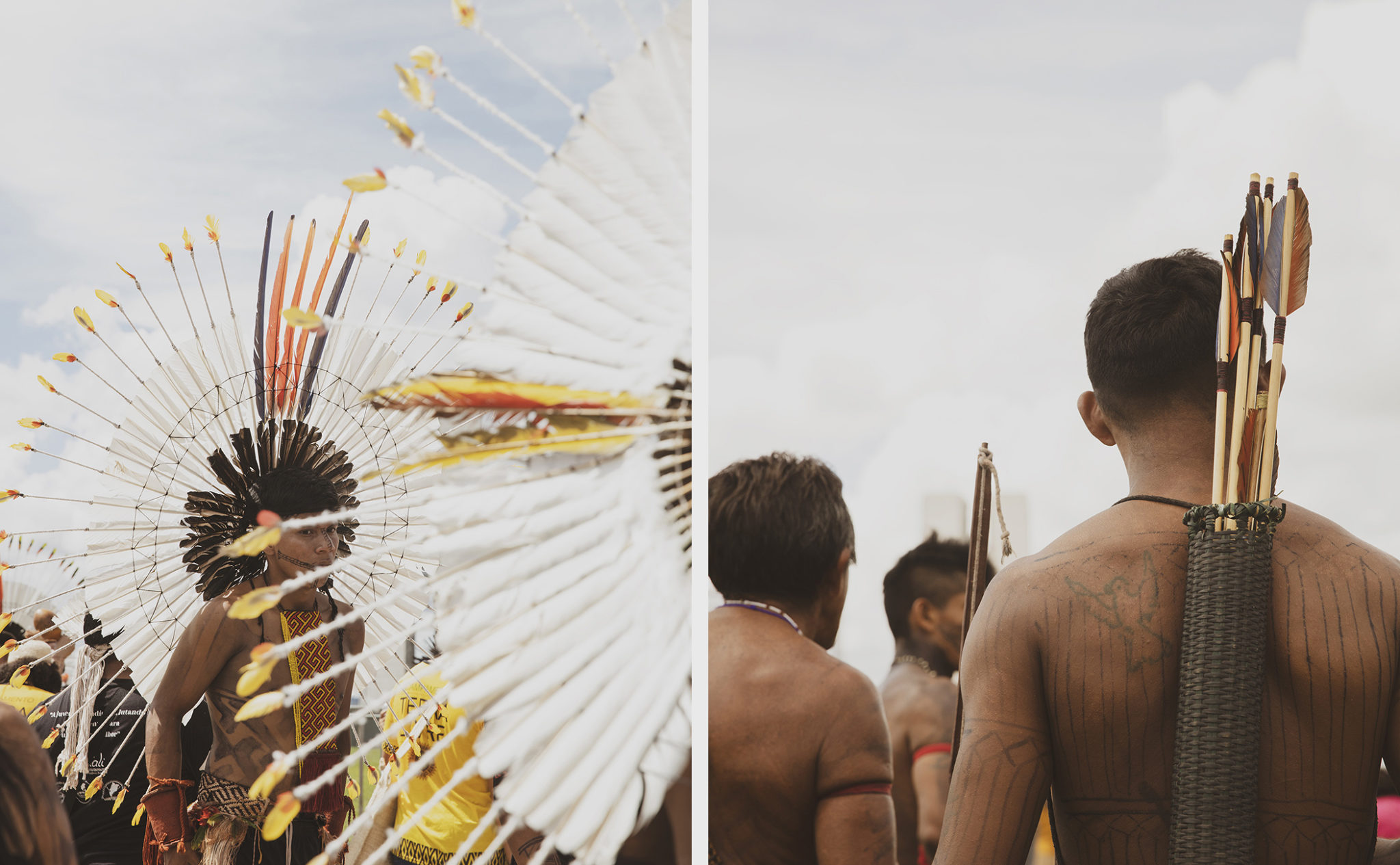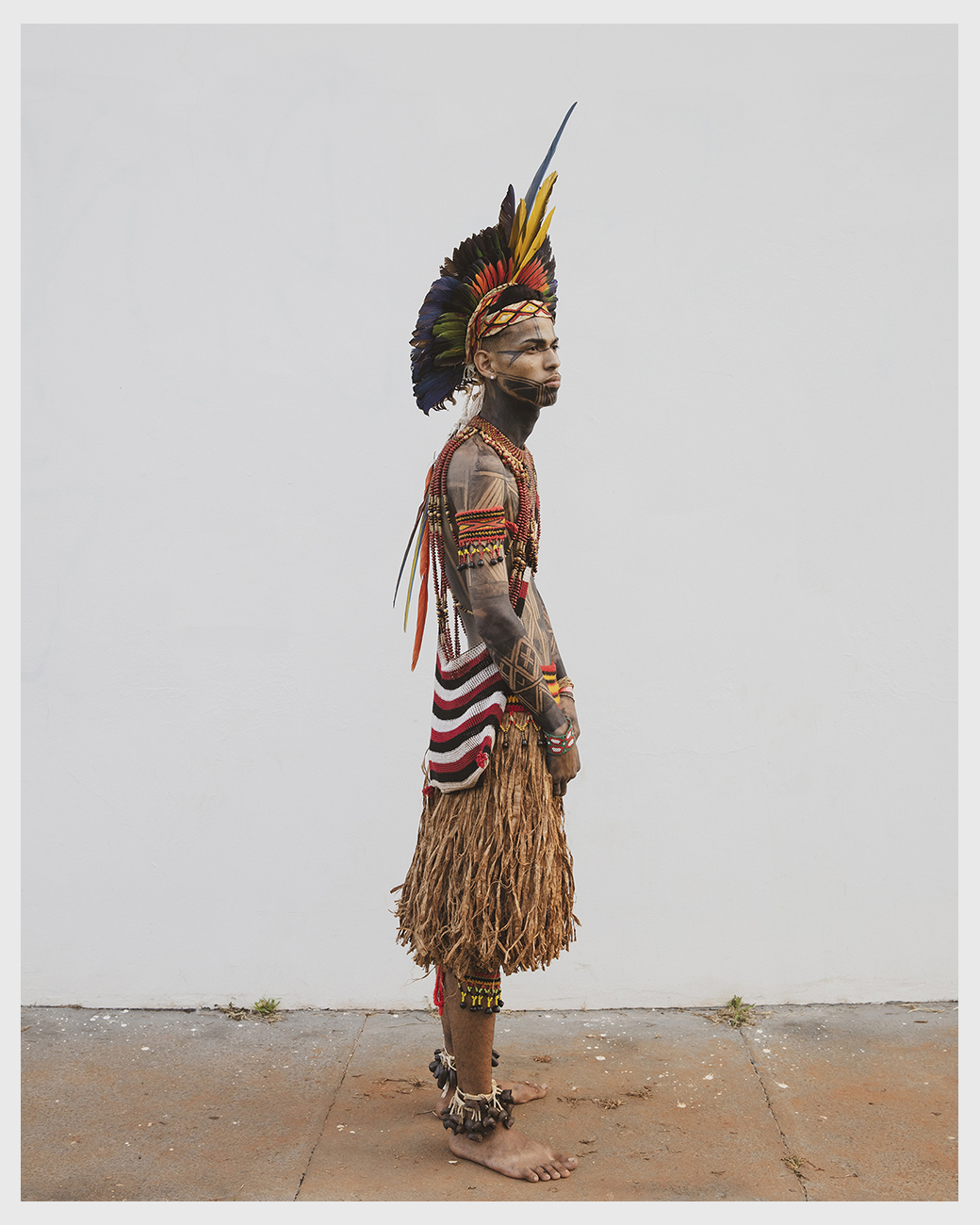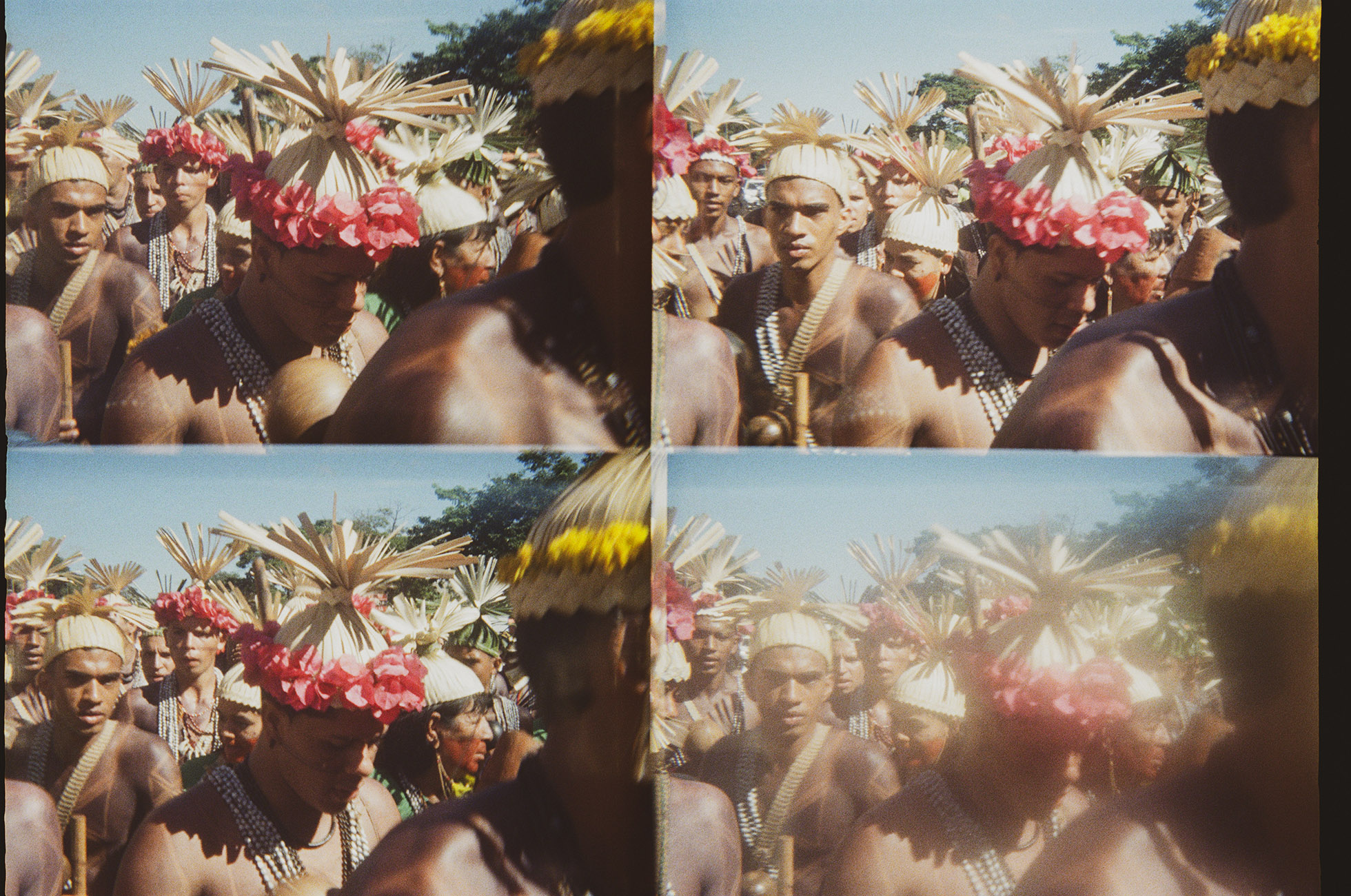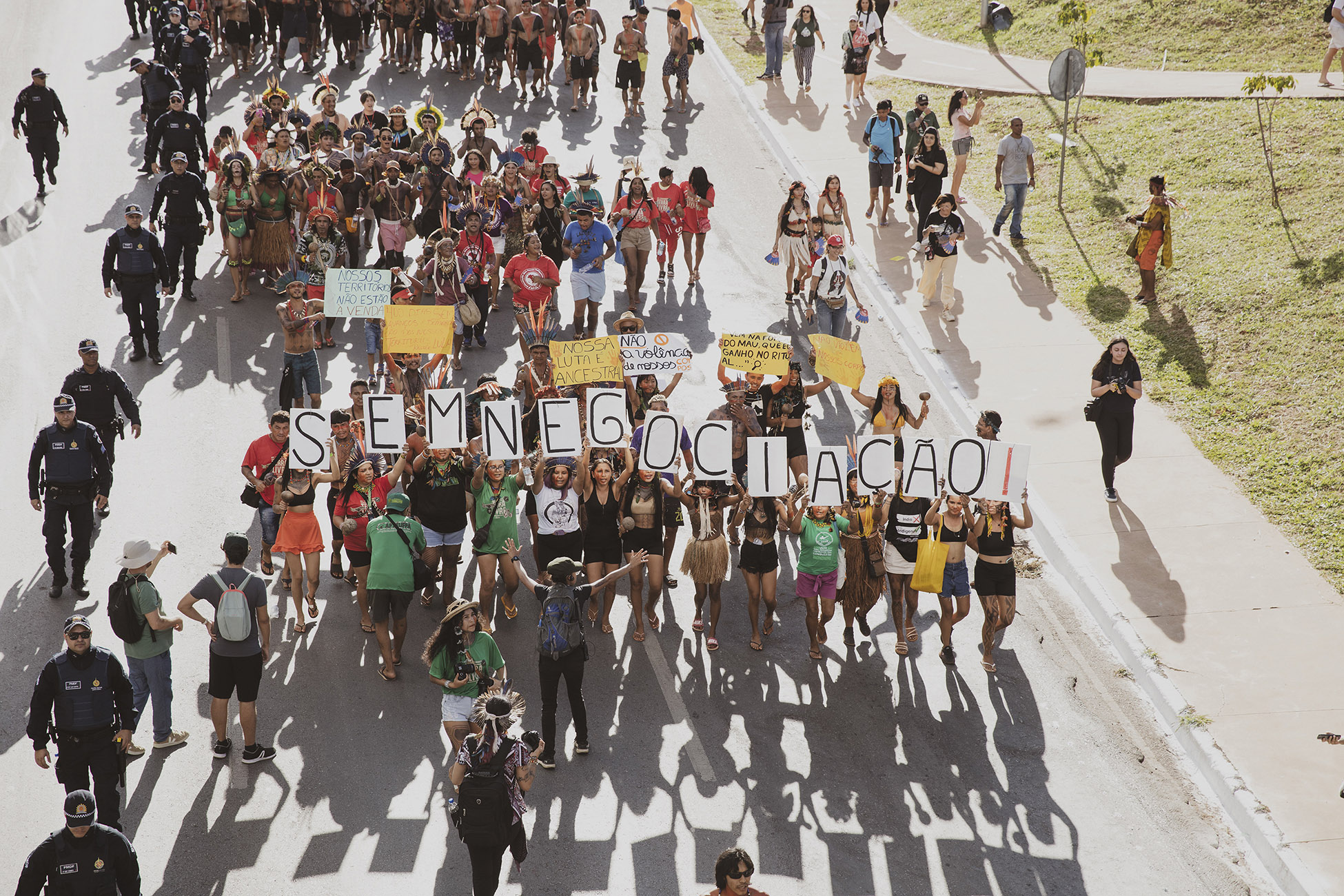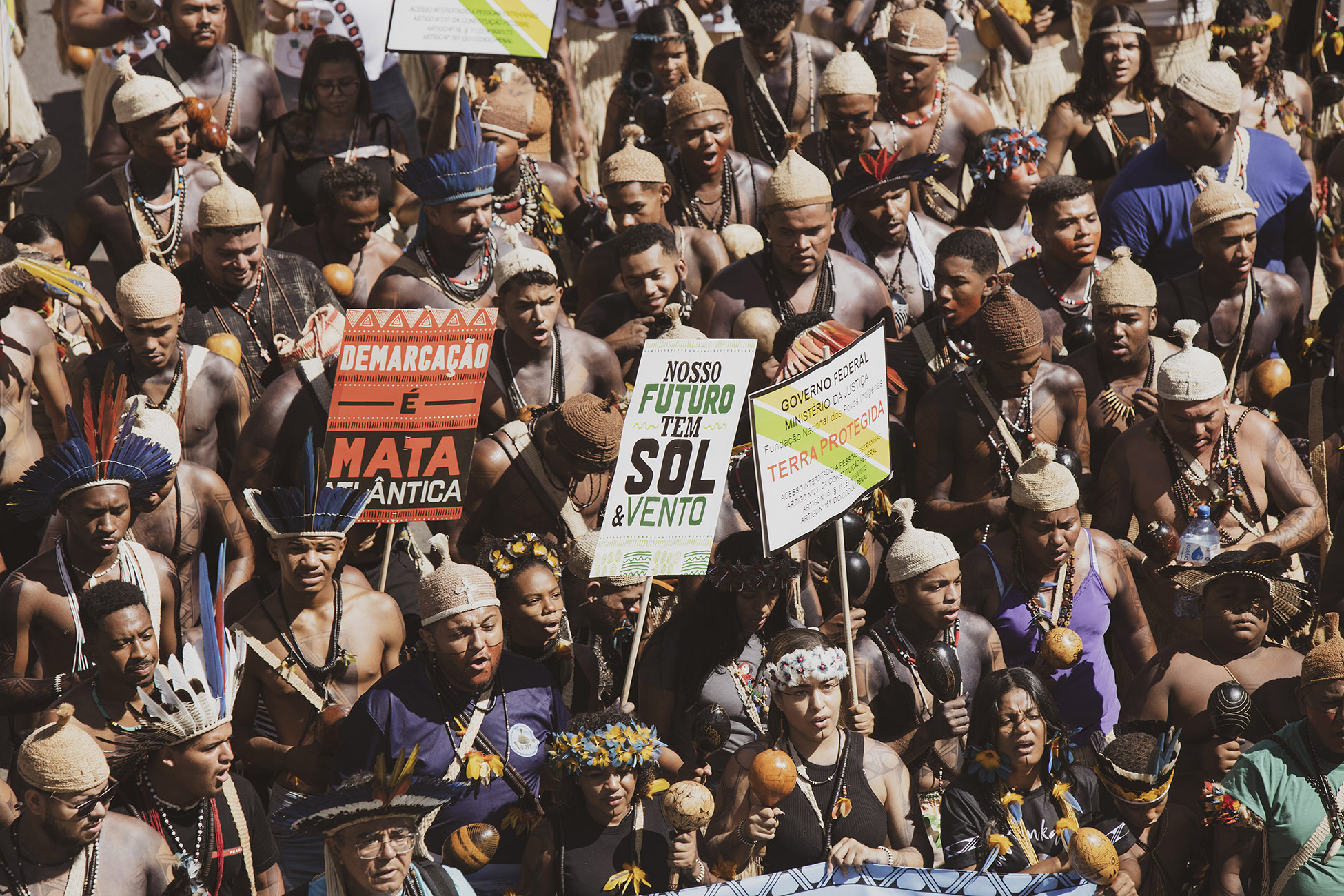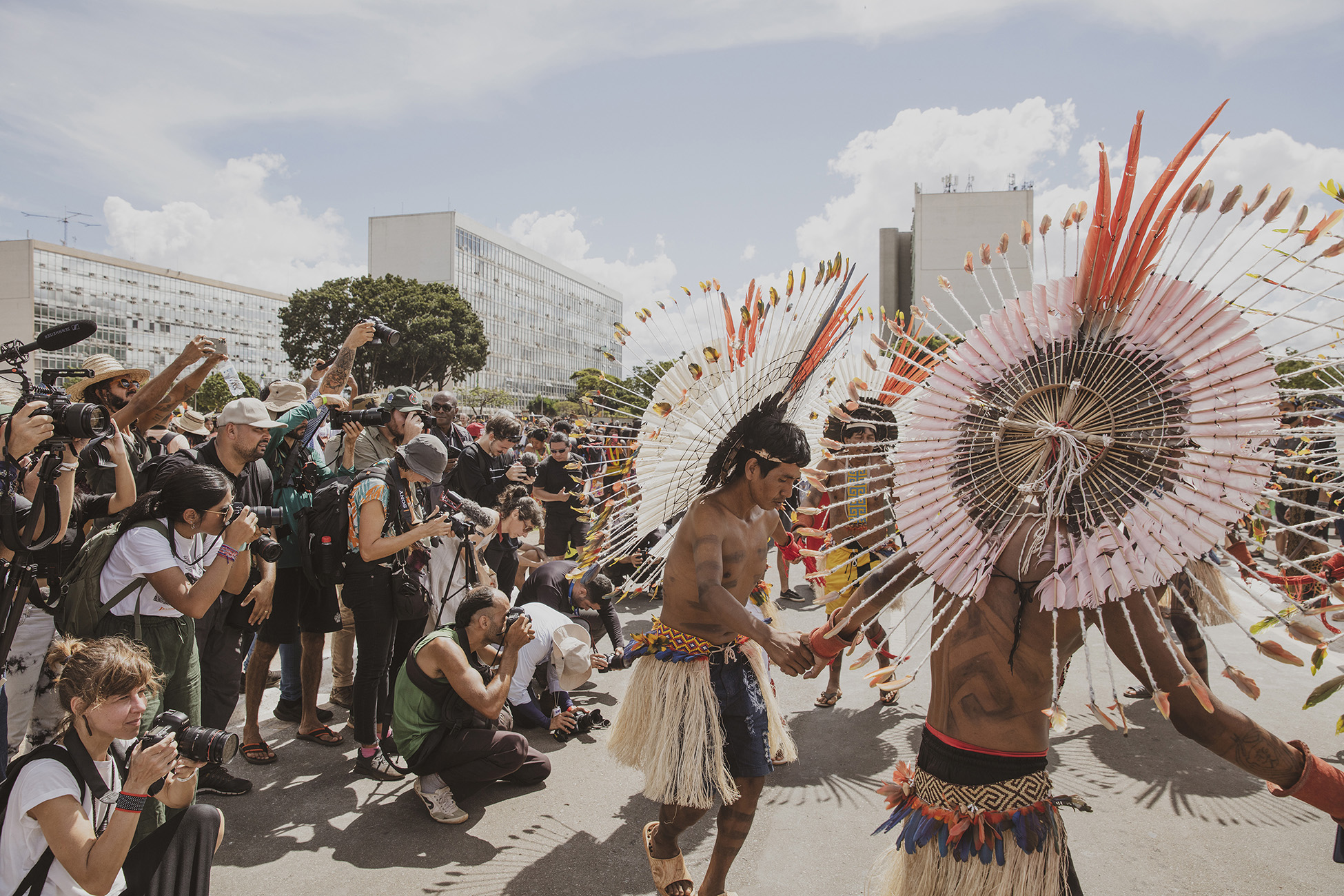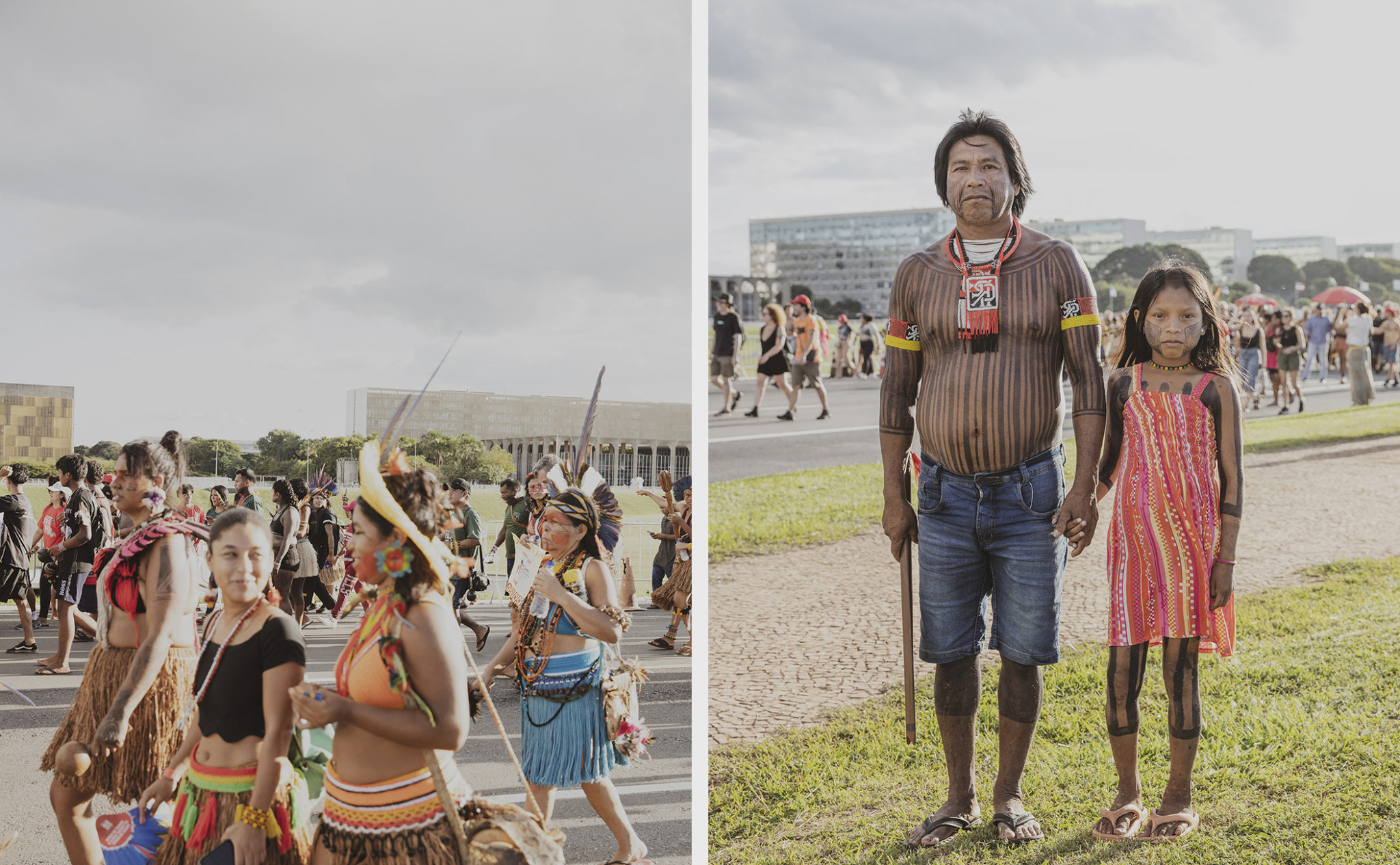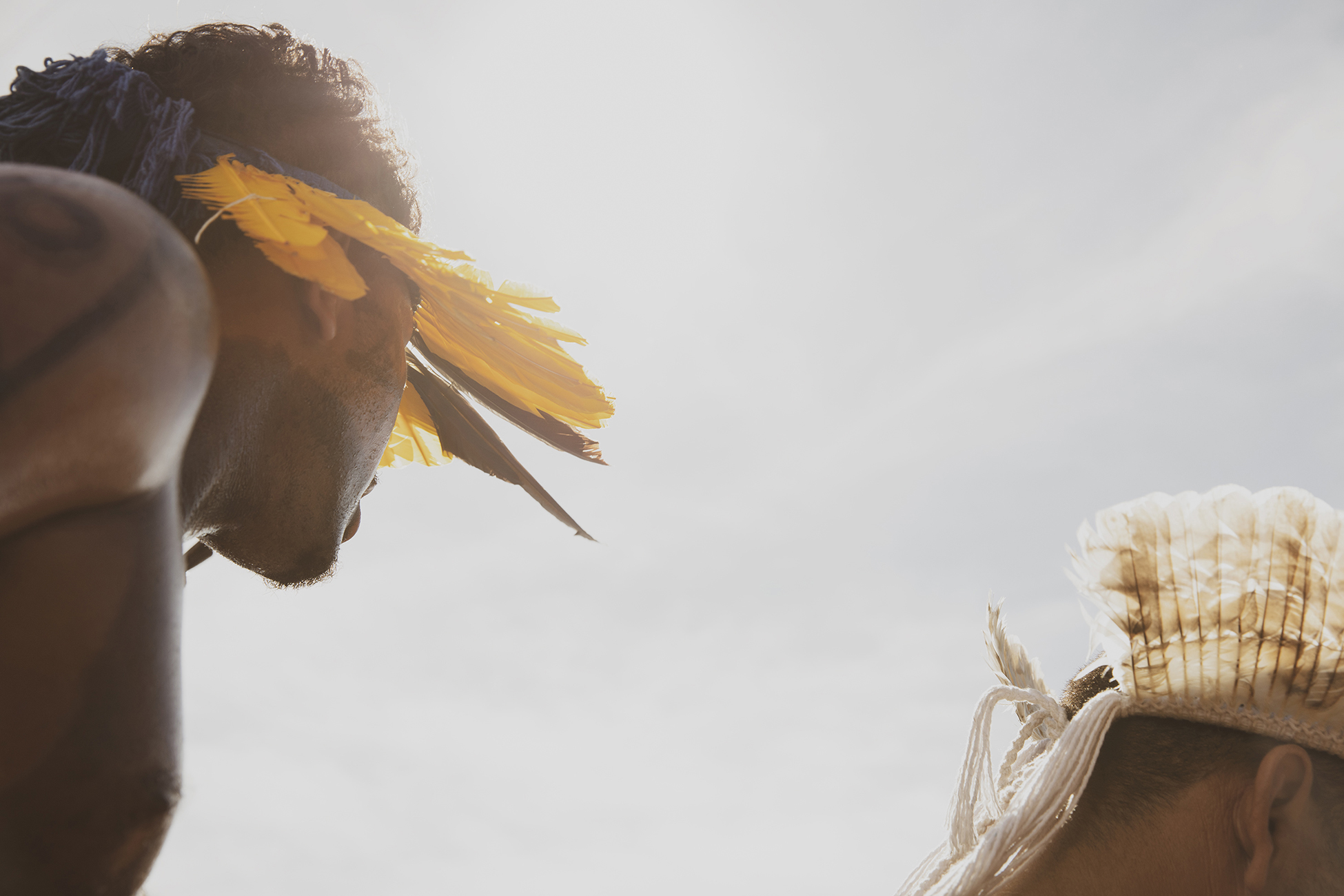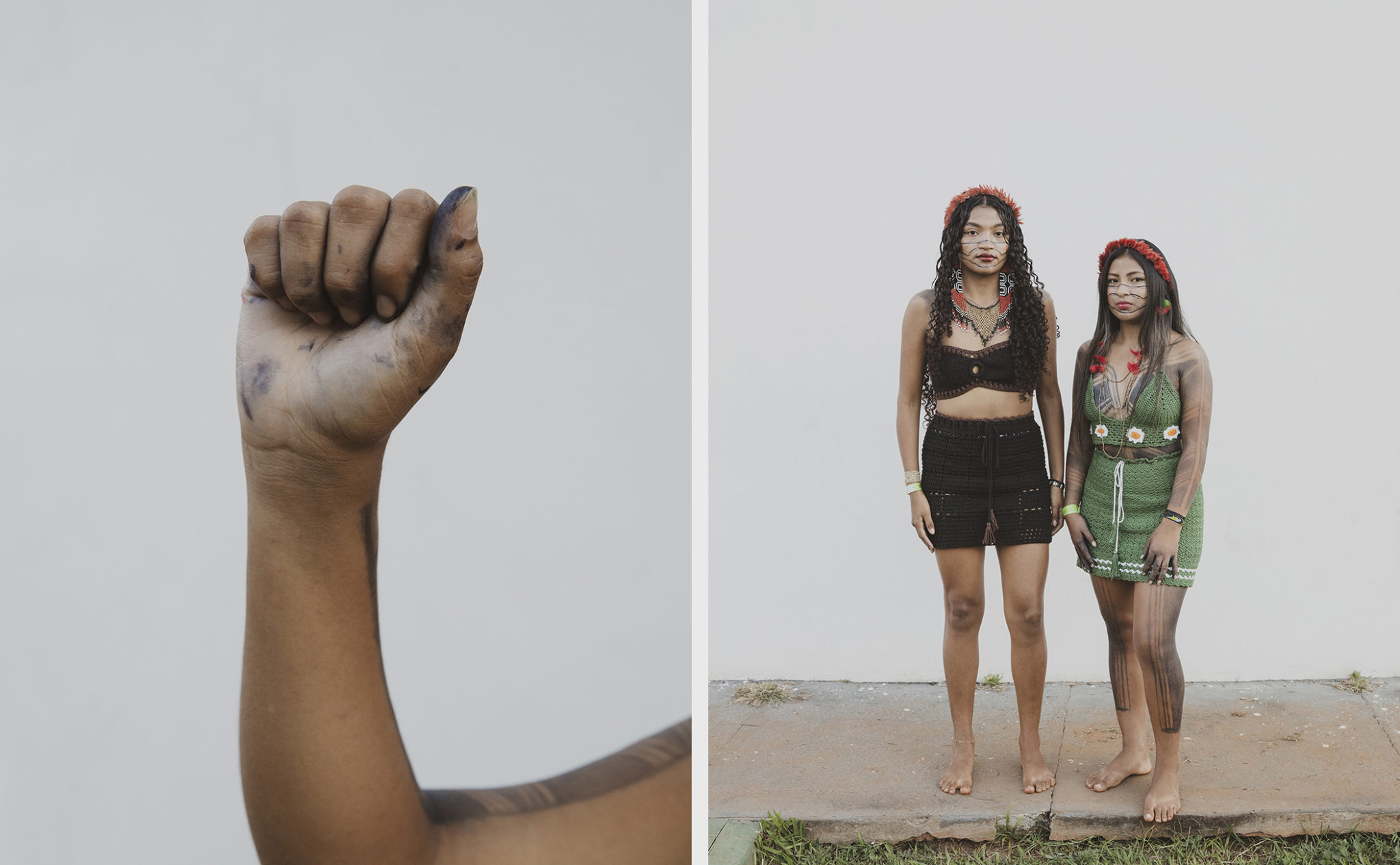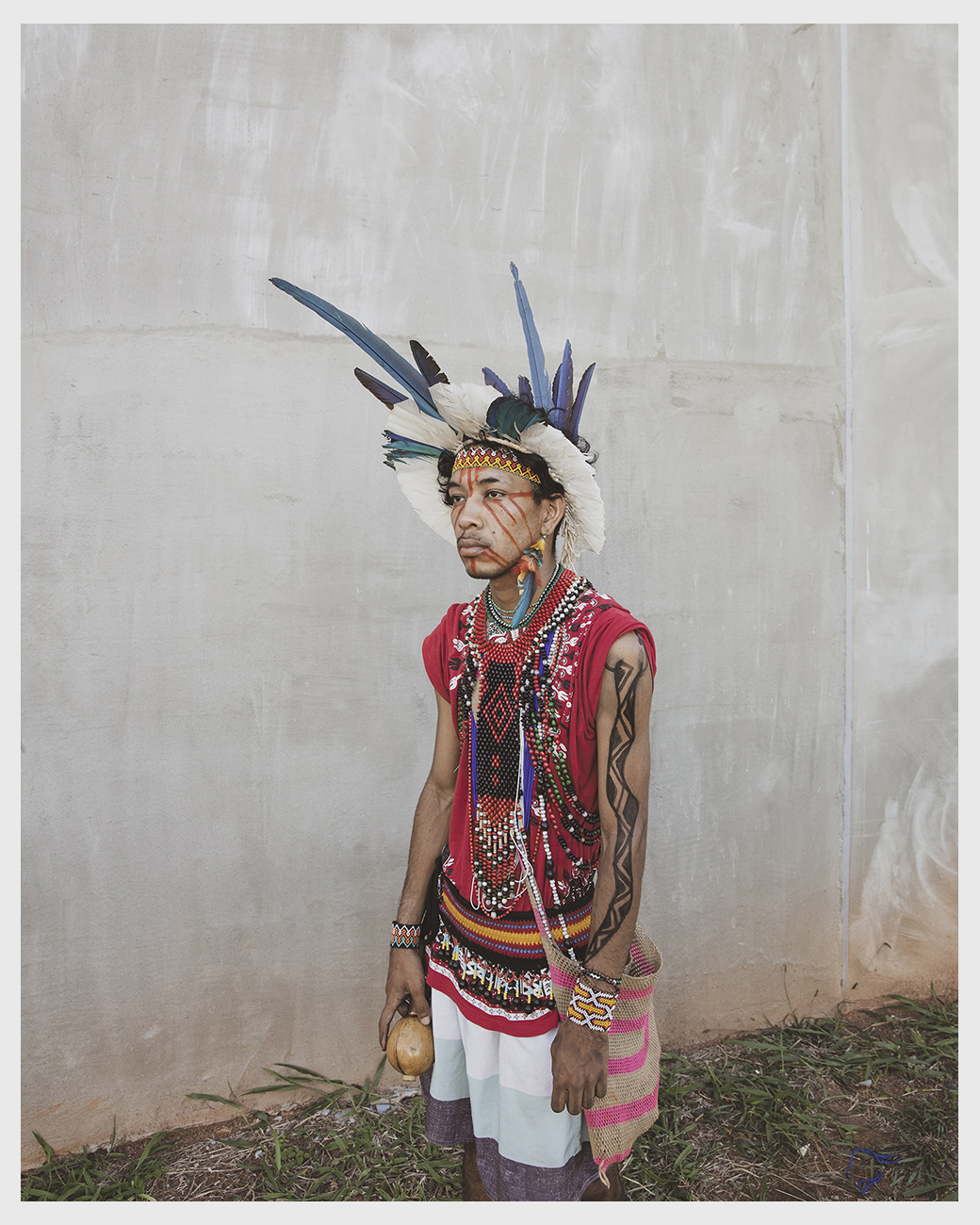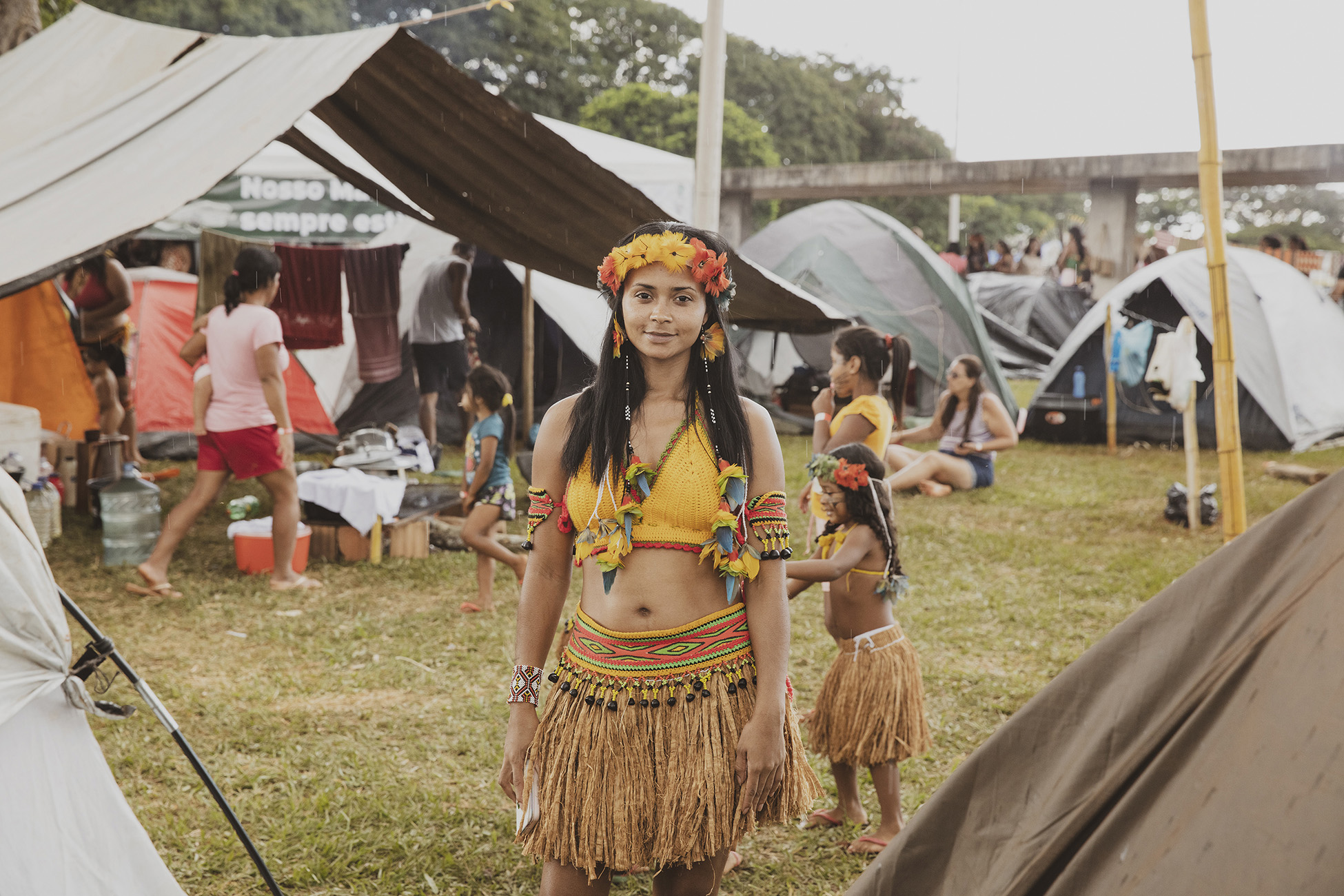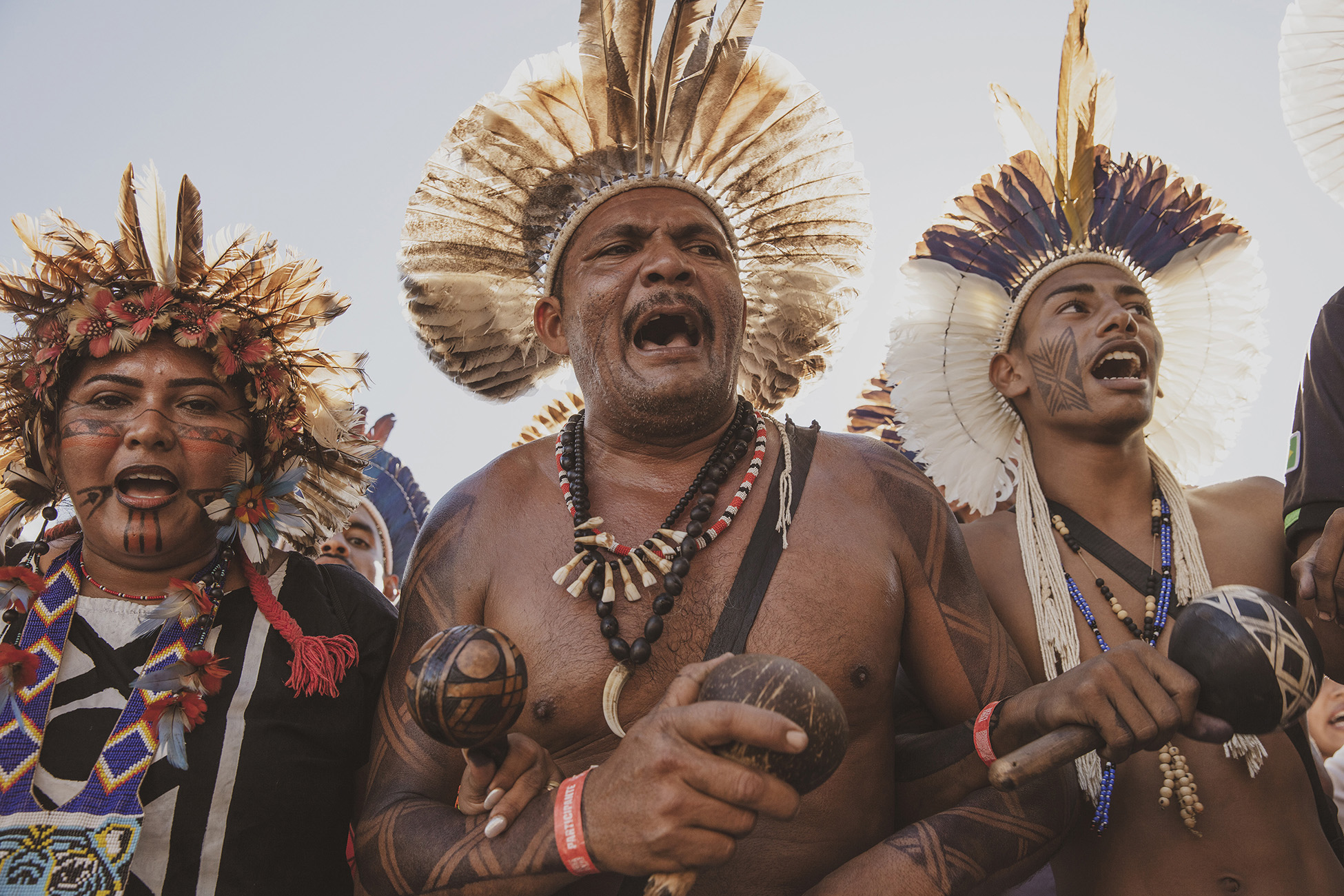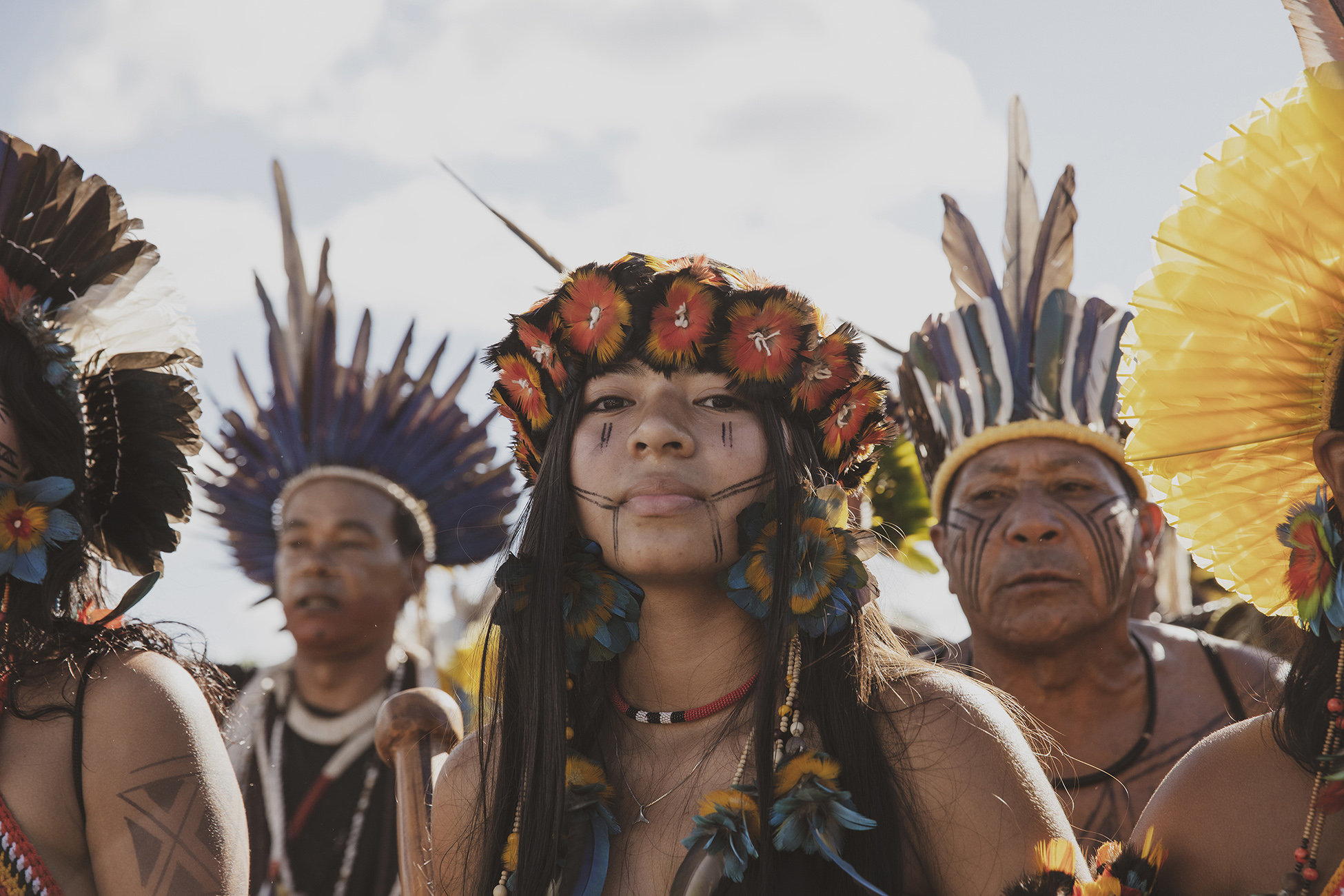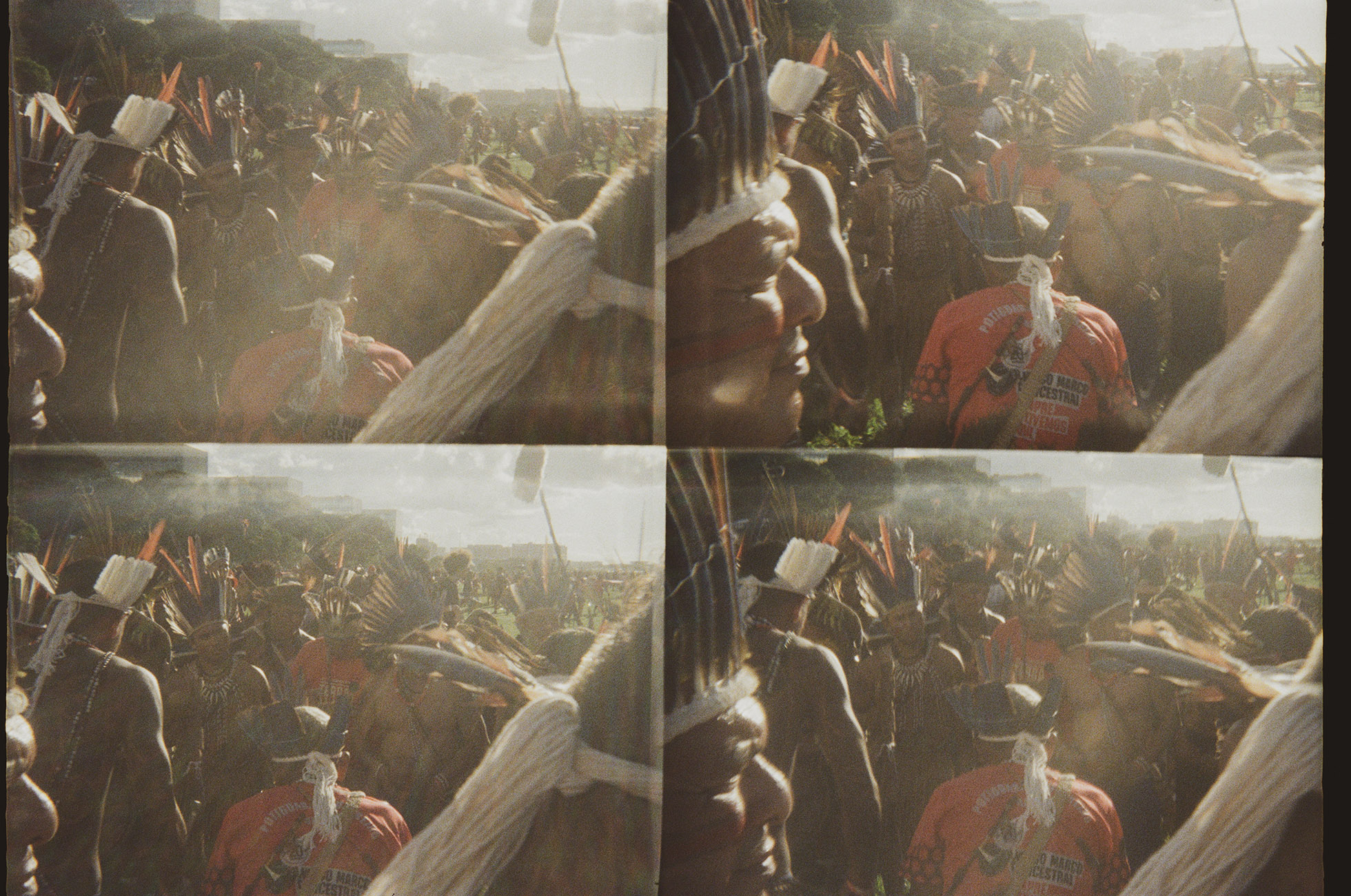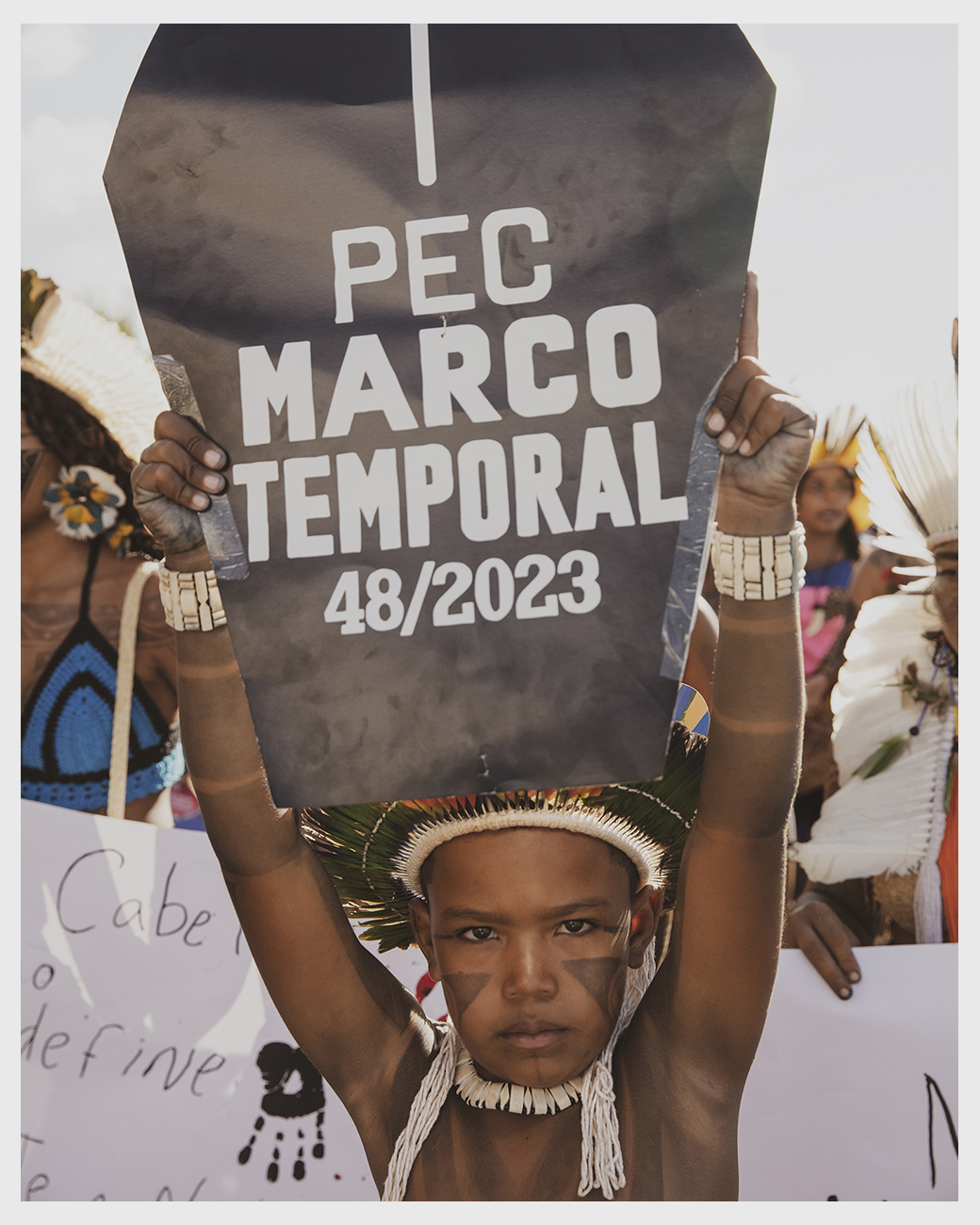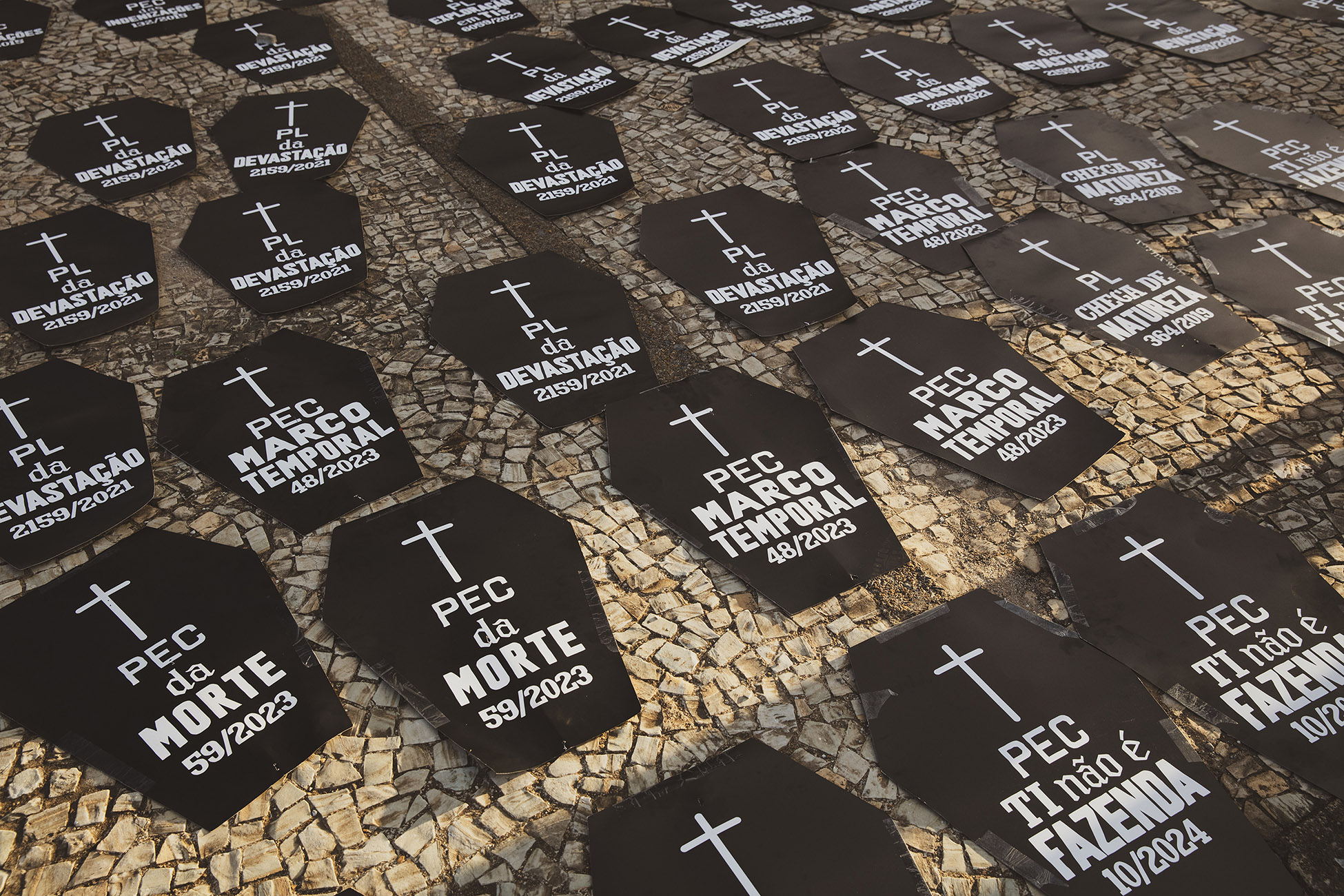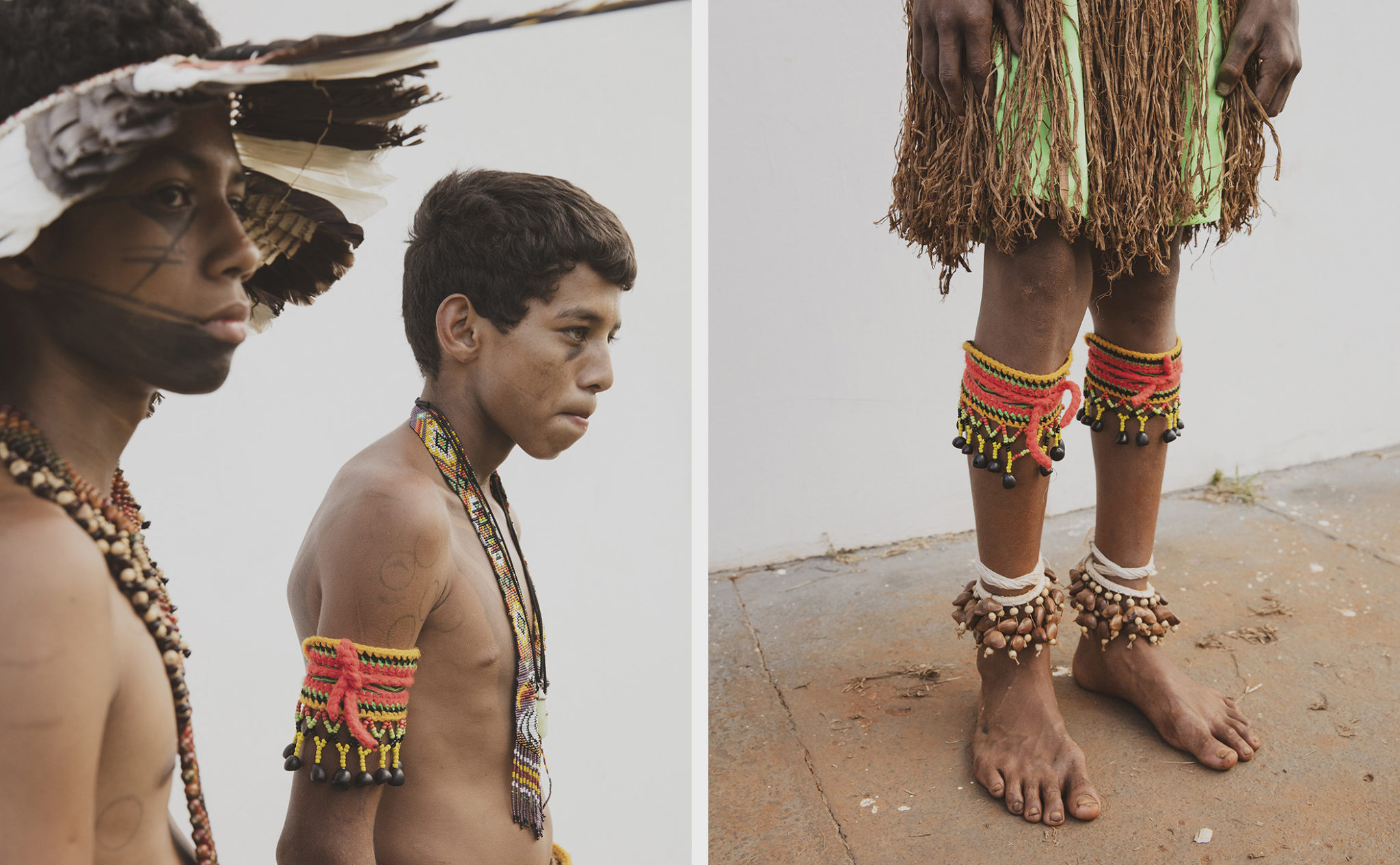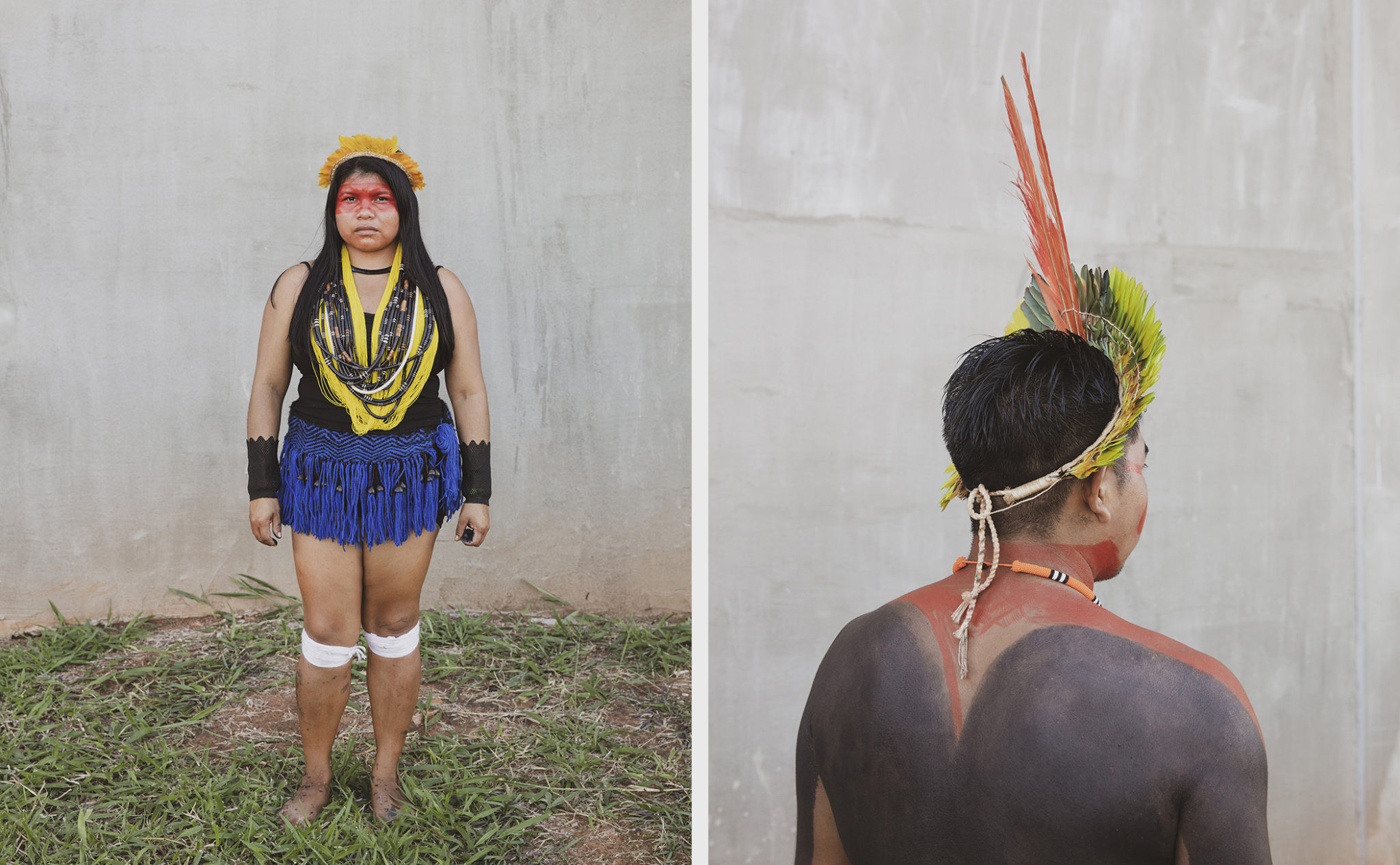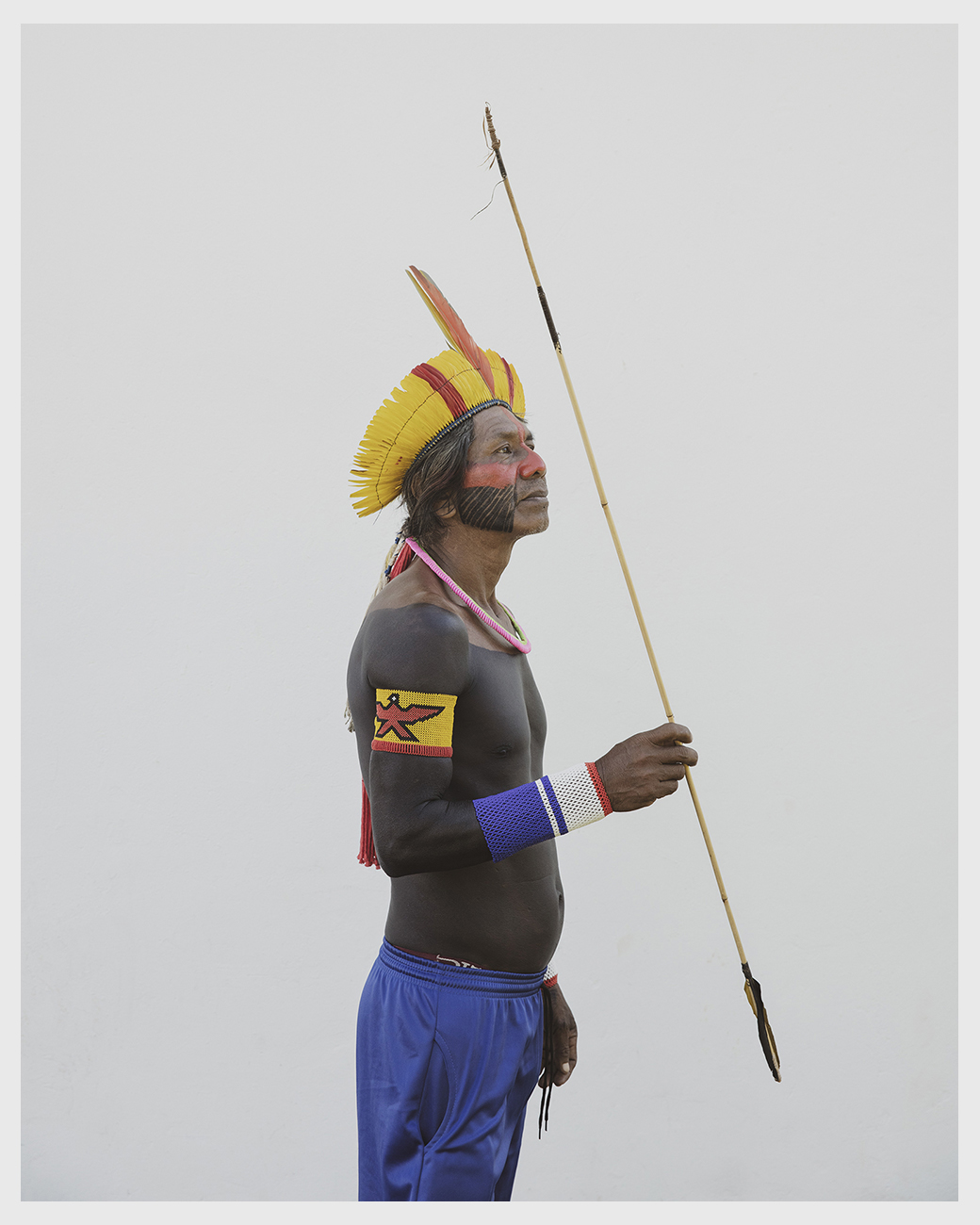Over 8.000 Indigenous Peoples from over 200 communities gathered in Brasilia, at the Free Land Camp in April 2024, with an air of hope, and defiance and mourning, for the collective lives and lands that have been lost to colonization and the dramatic effects of climate change in indigenous territories. What does it mean for this movement to stand in resistance for 20 years of Camp, and more than 500 years of colonization, in a capital that holds power and tries to prevent communities from accessing that power ?
The first Camp rose in 2004 as a response to the Ministry of Justice’s failure to comply with the Constitutional obligation to demarcate Indigenous lands. Now, after 20 years of resistance inside and outside the Camp, the demands of the indigenous movement in the country are sadly, in many ways, the same as they were then. For the past few years, the Articulation of Indigenous Peoples of Brazil (APIB) and its grassroots organizations have been fighting Marco Temporal, also known as the “Time limit trick”- a series of legal attempts by Congress to stop the land demarcations that are mandated by the Constitution. This theory argues that communities who weren’t on their land at the time the Constitution was signed in 1988, should not have their territory demarcated. Of course, at that moment, hundreds of communities had been forced out of their lands by extractive industries, land grabbing, extensive farming and the recent dictatorship. Those who are protecting some of the worlds’ most biodiverse ecosystems are fighting legislation that doesn’t believe they have the right to stand on the lands they protect. In response, communities and their leadership fight back with their full collective power and that of all the ancestors that came before them.
These powerful and emotive portraits alongside the wider body of work created for this story, share with the world what it is that the indigenous movement in Brazil means when they talk of resistance.

